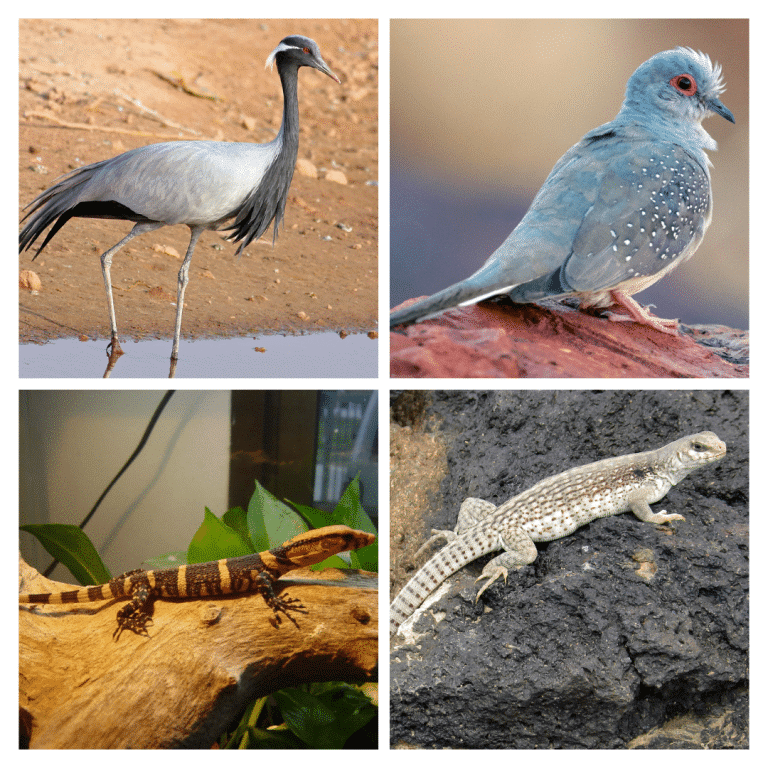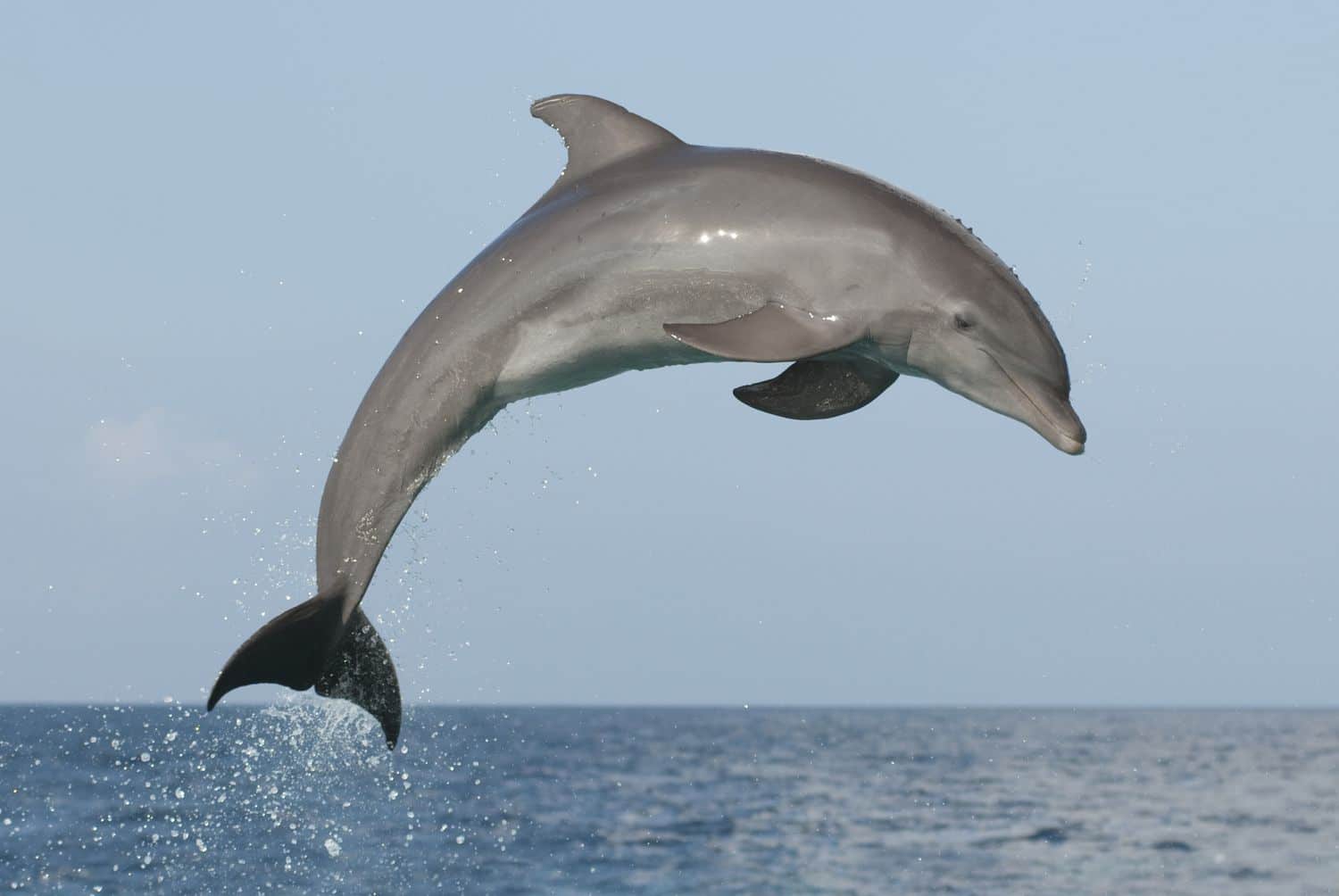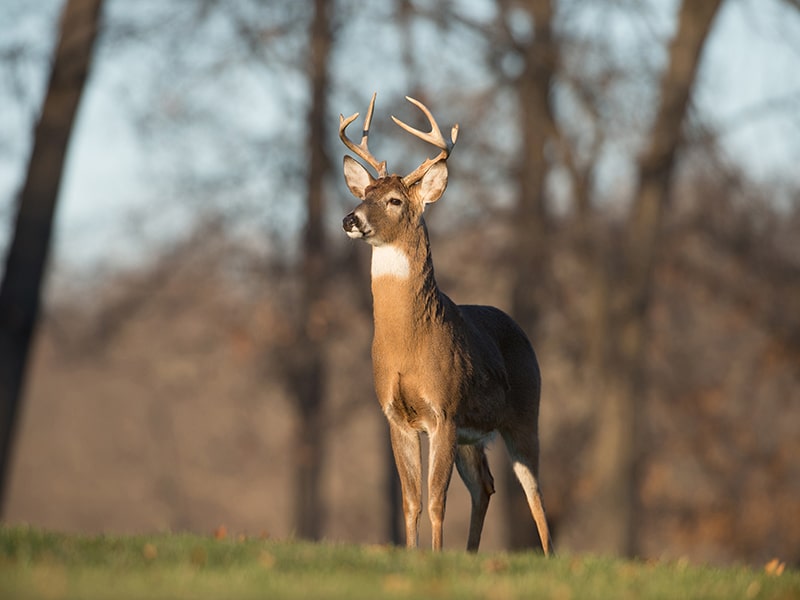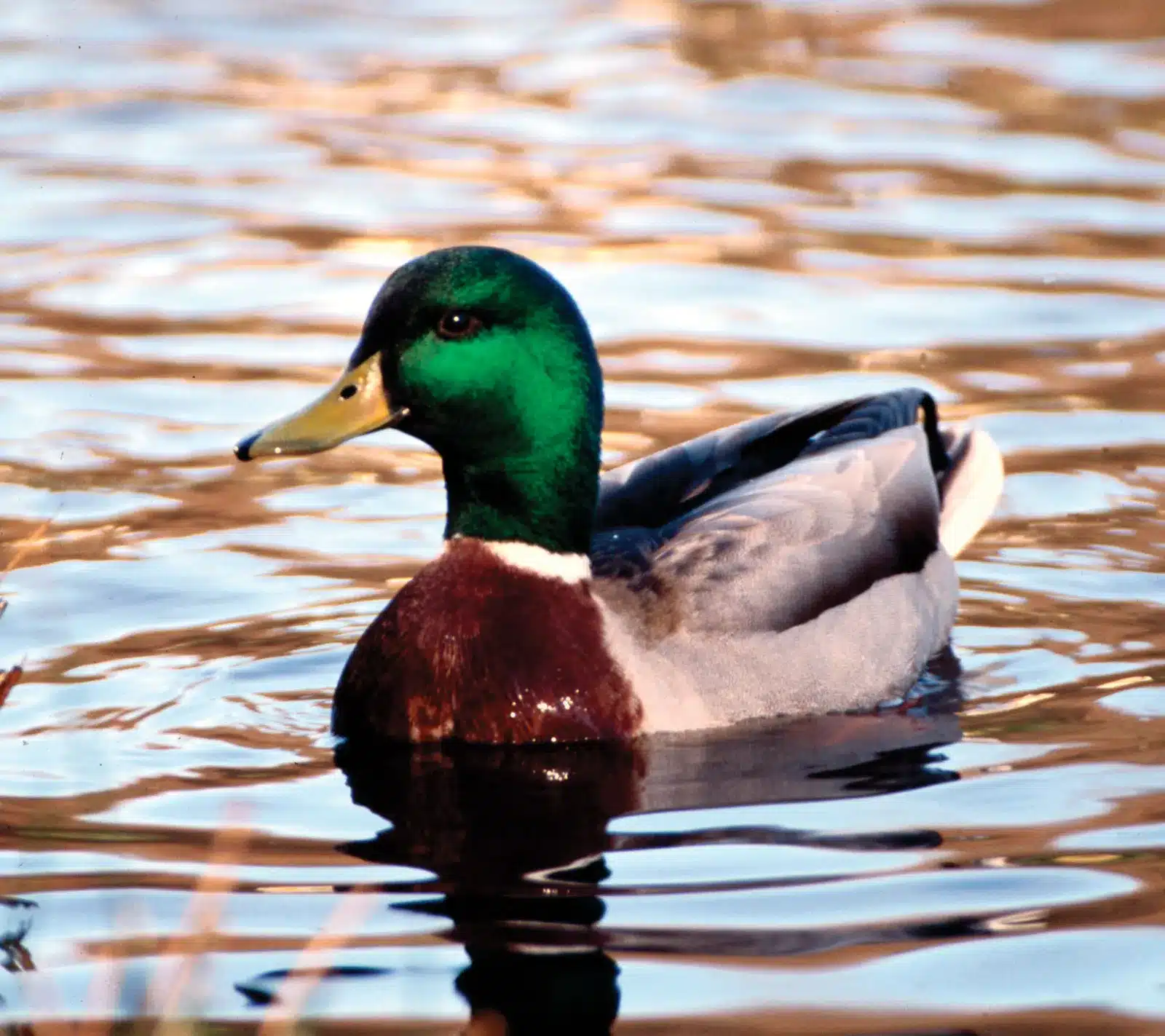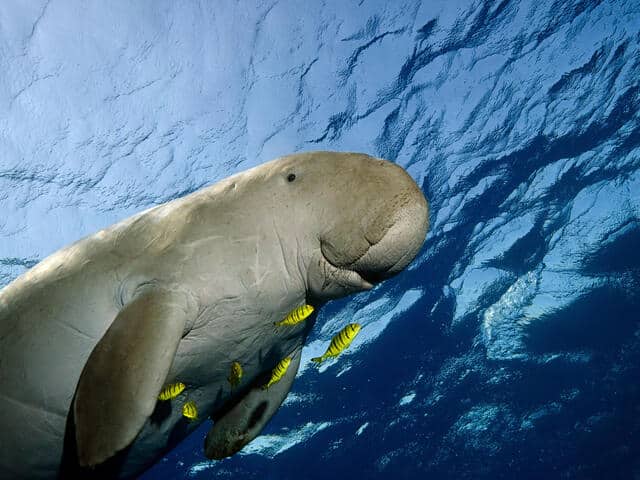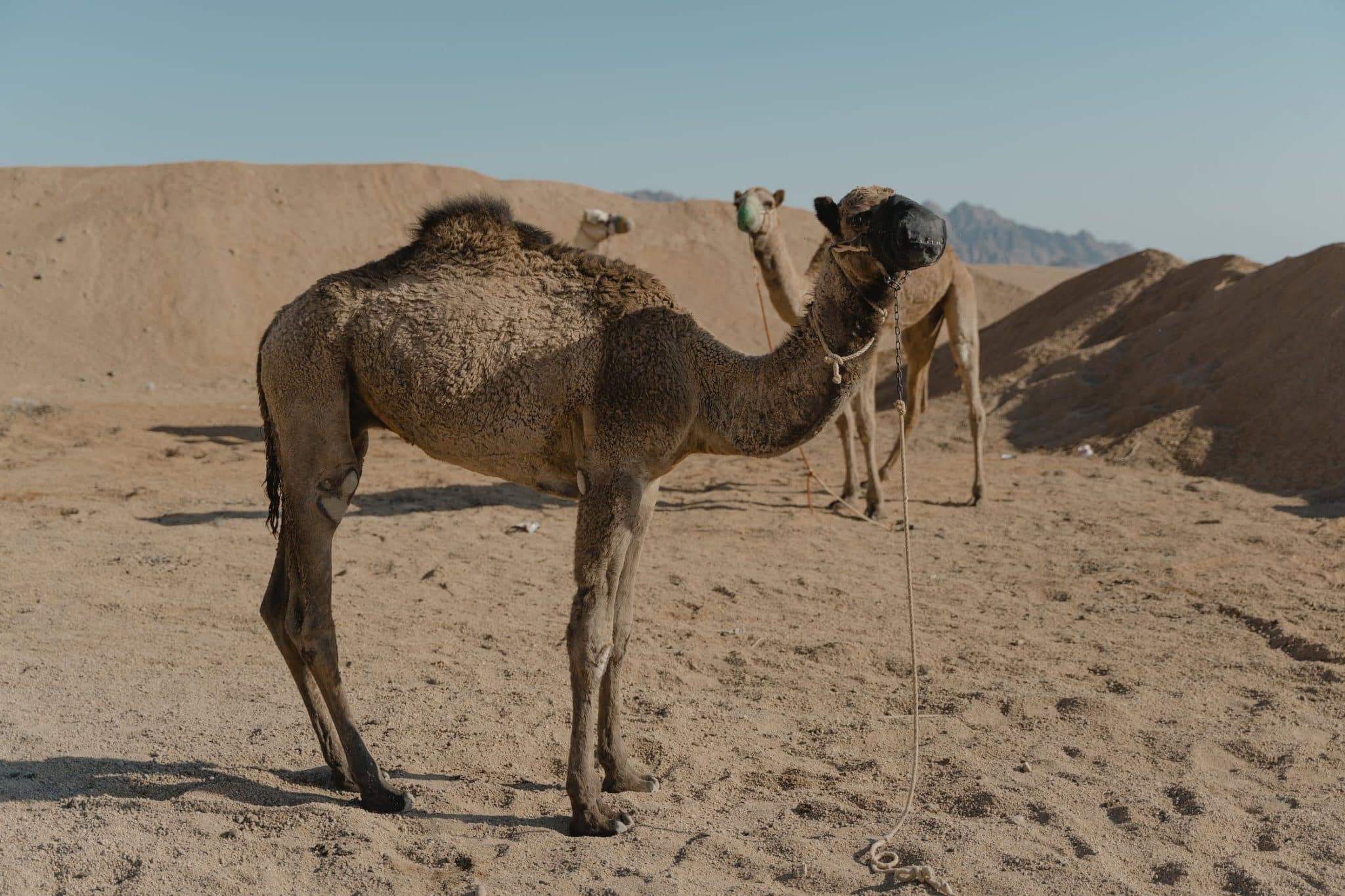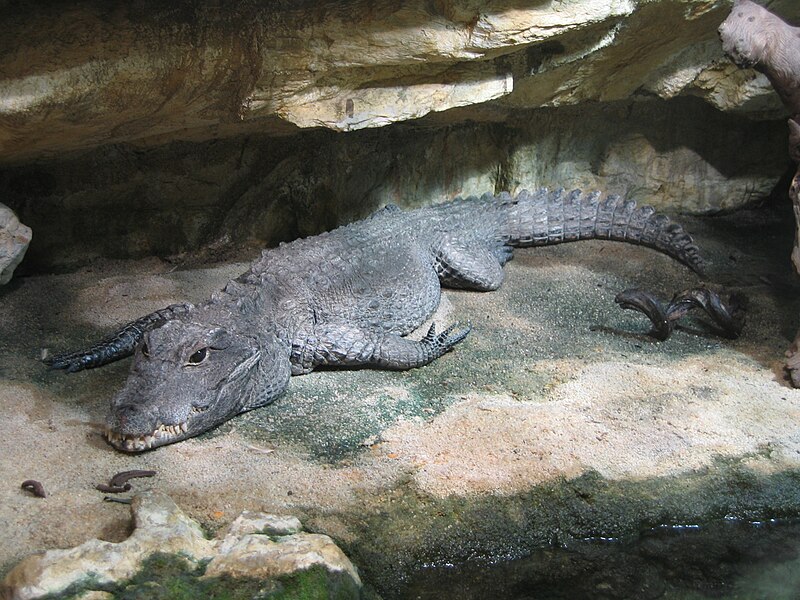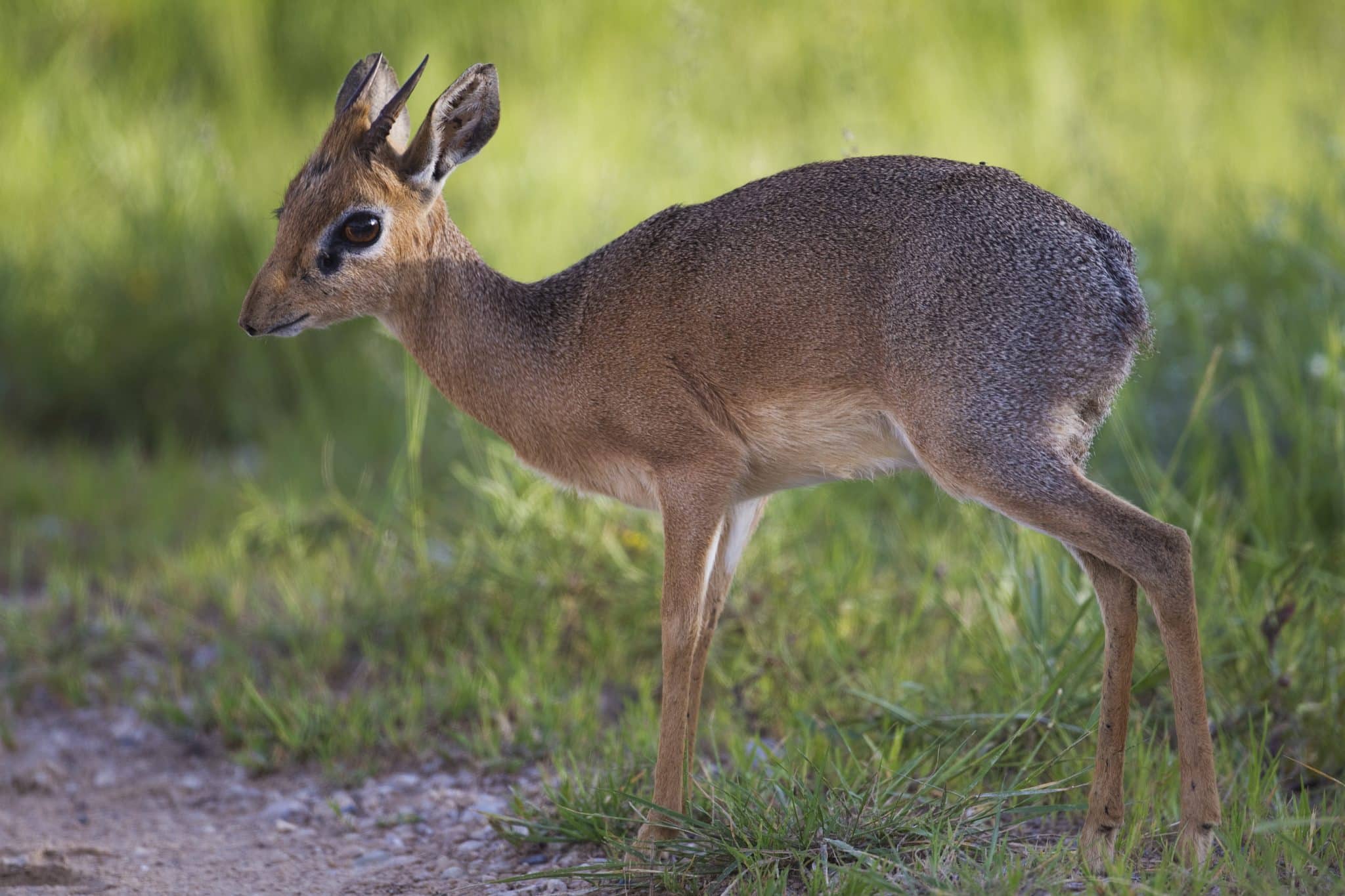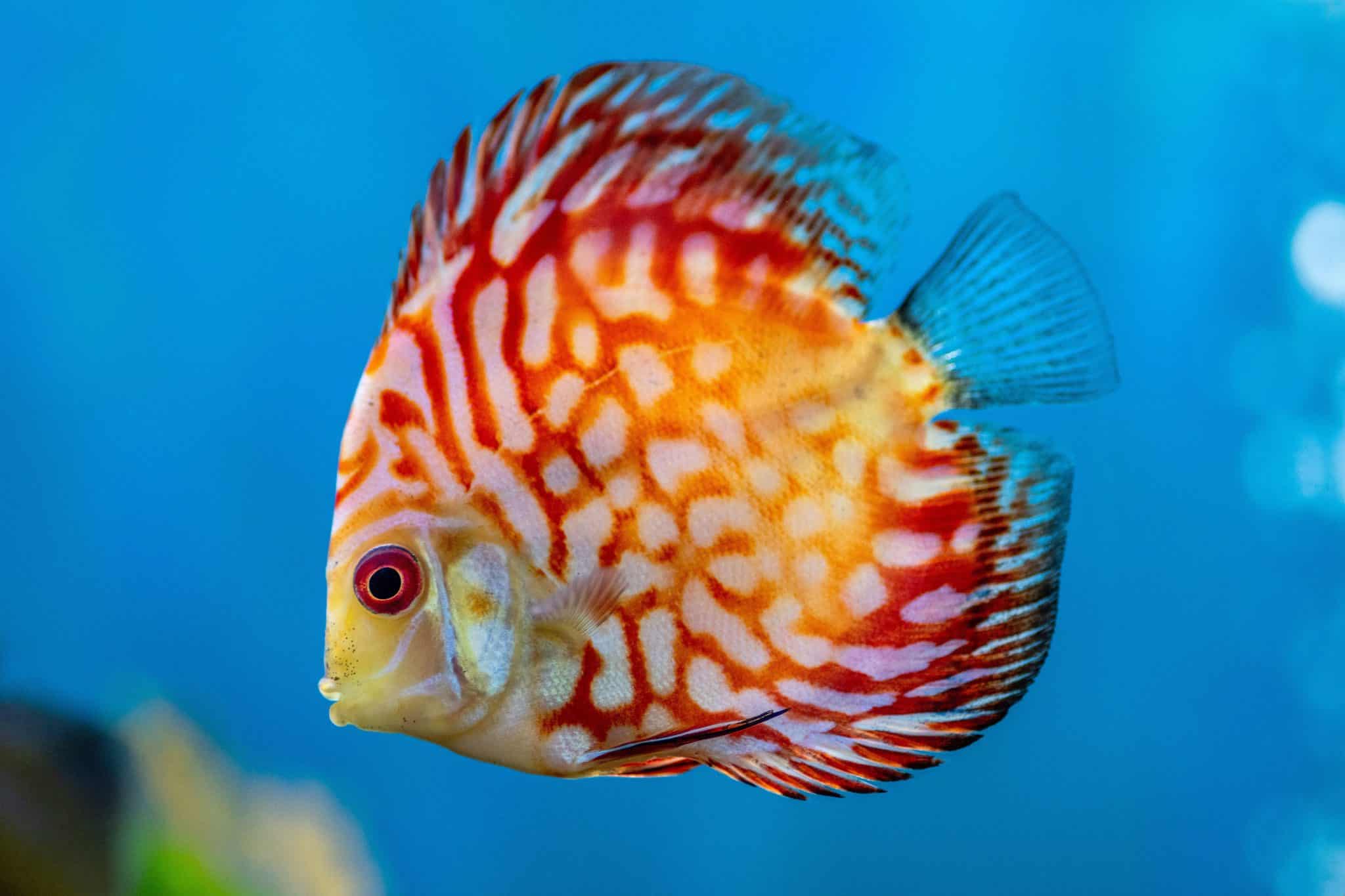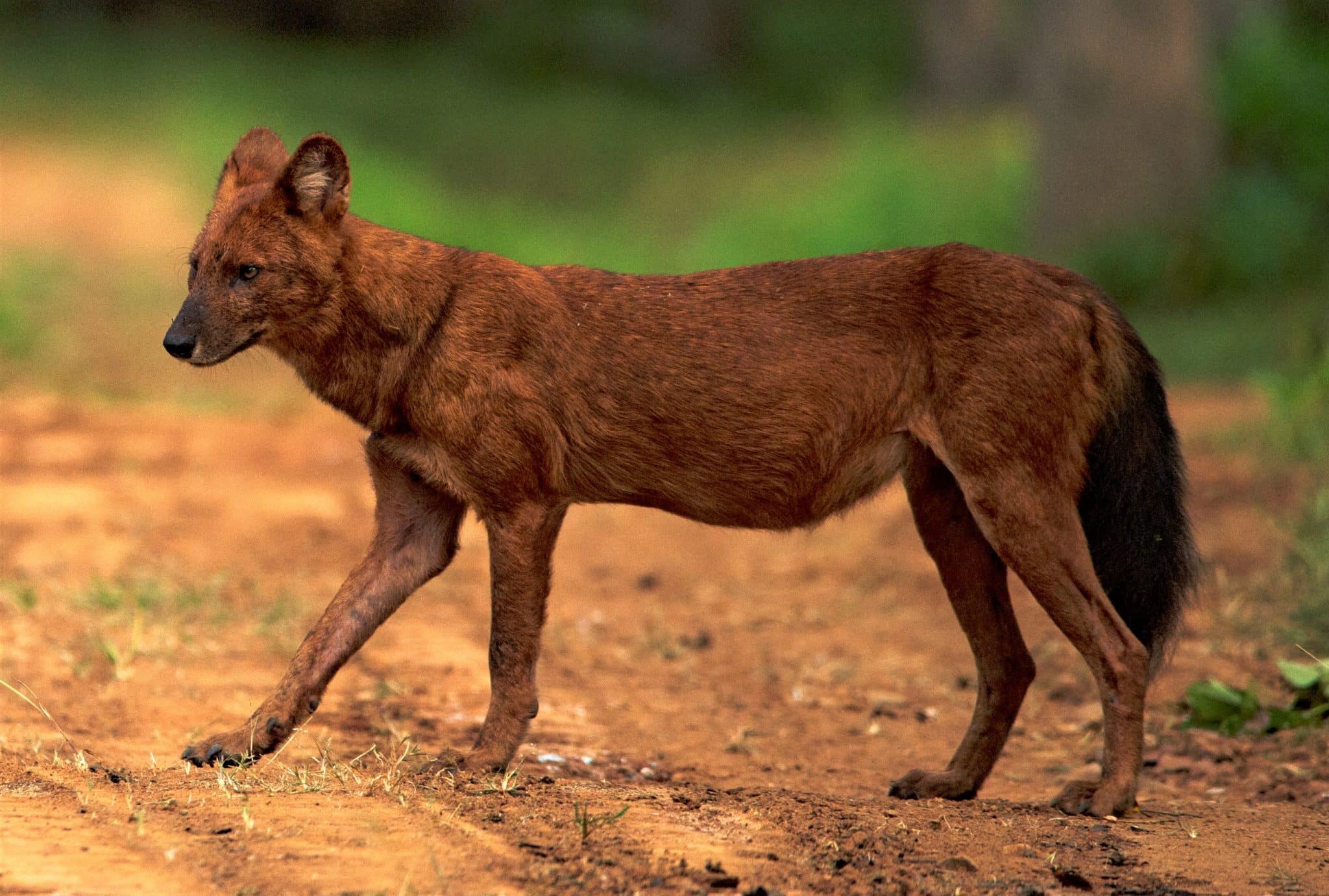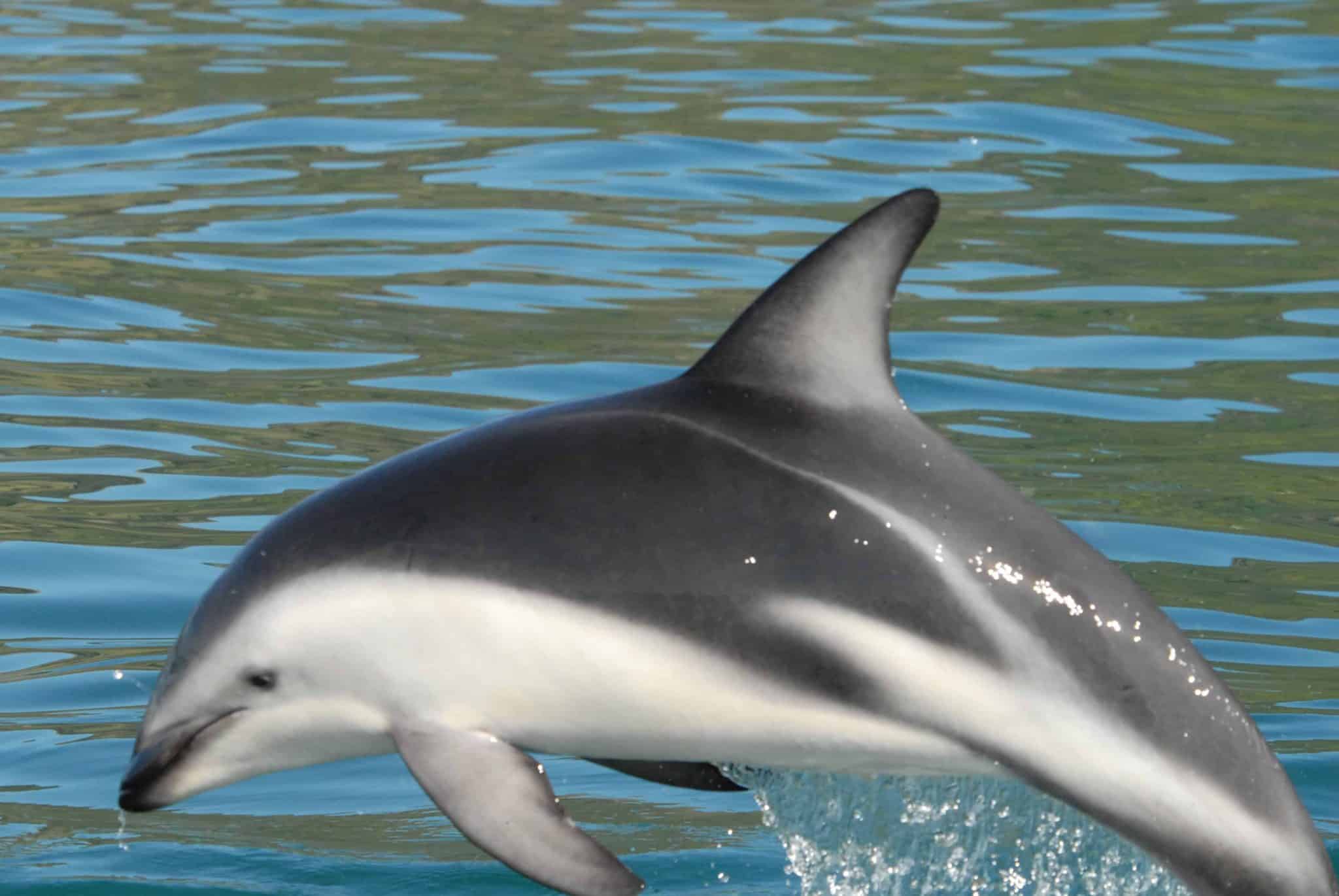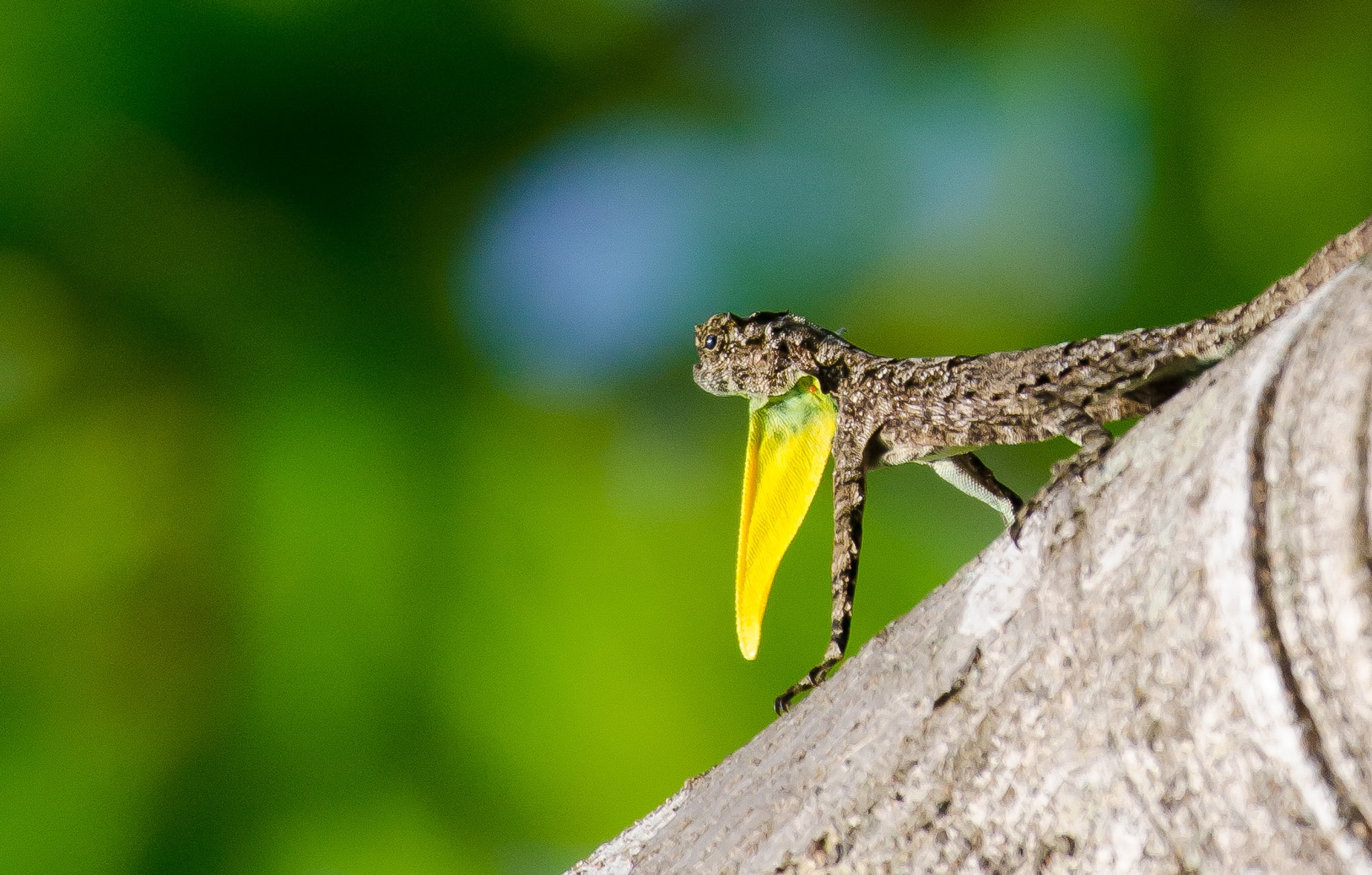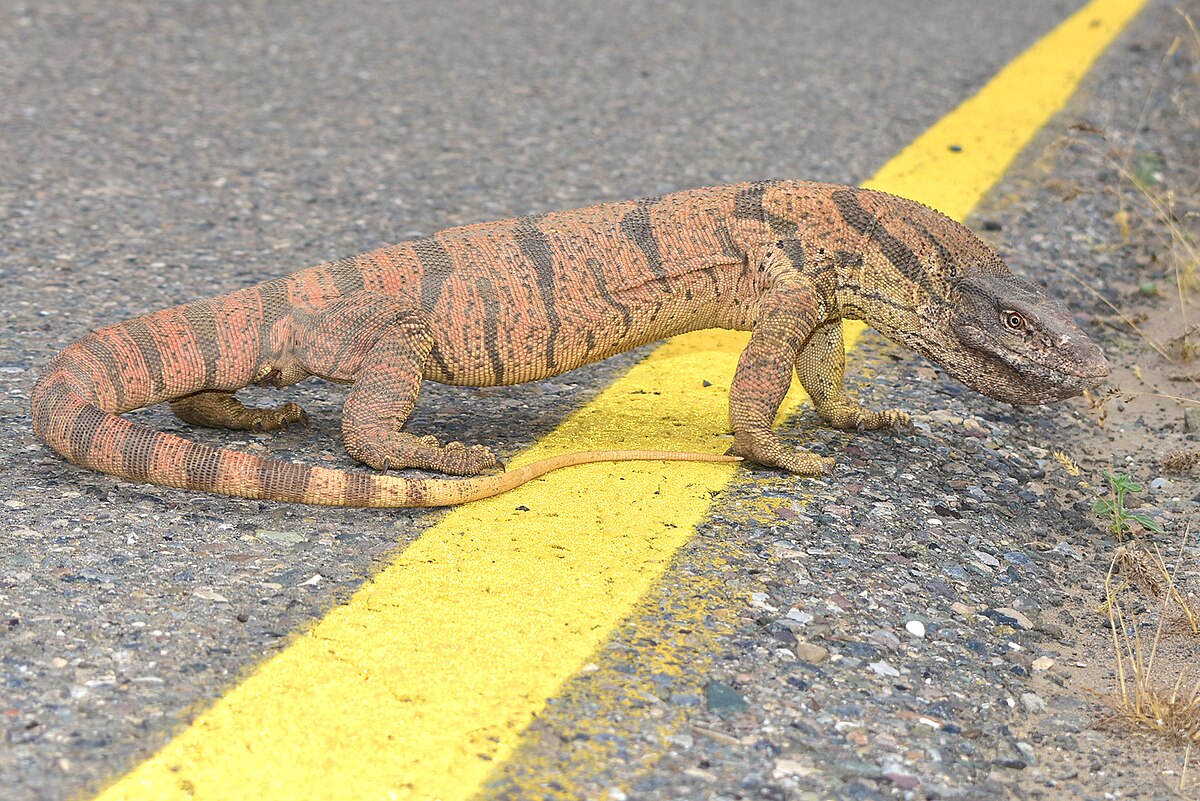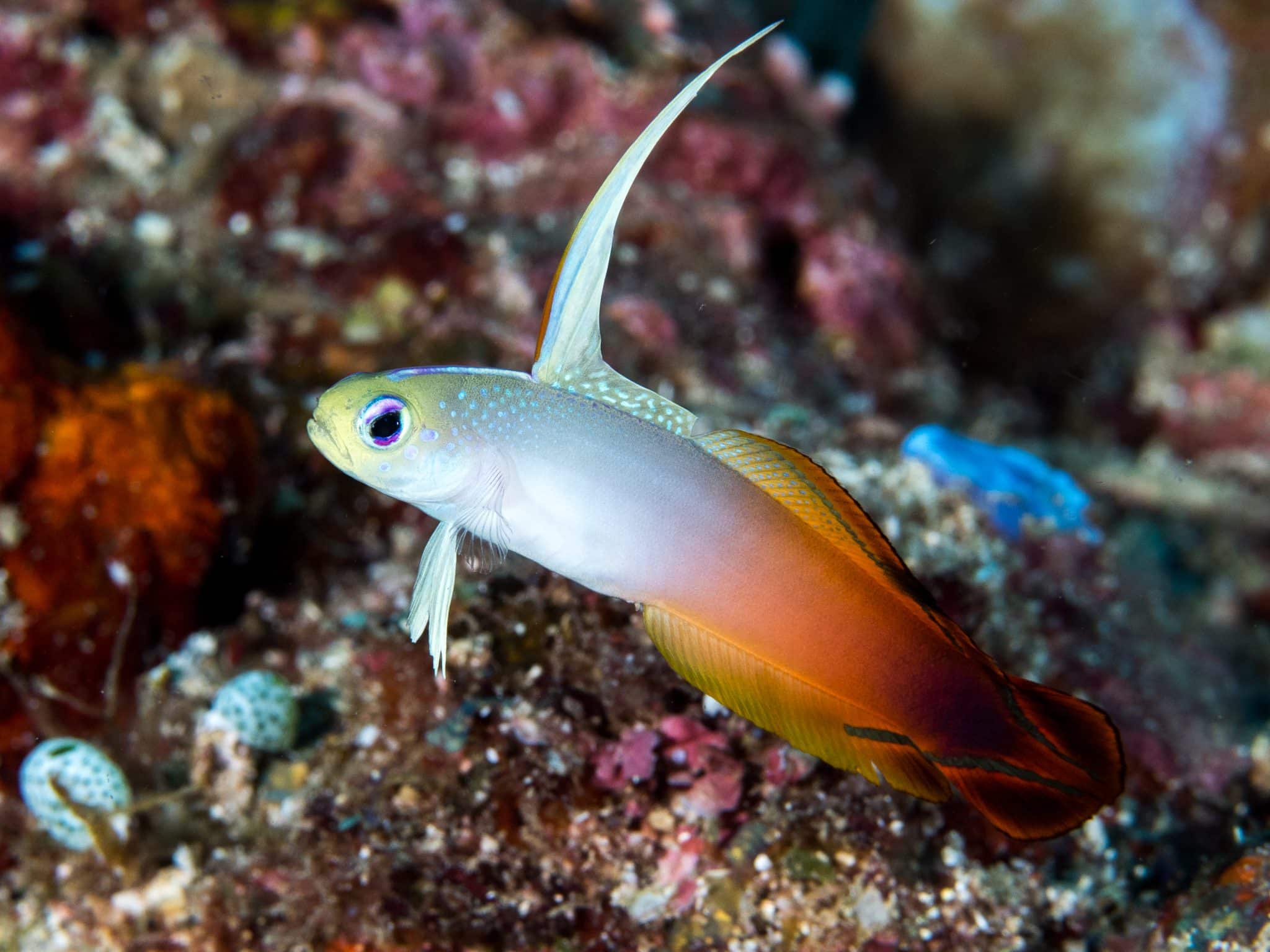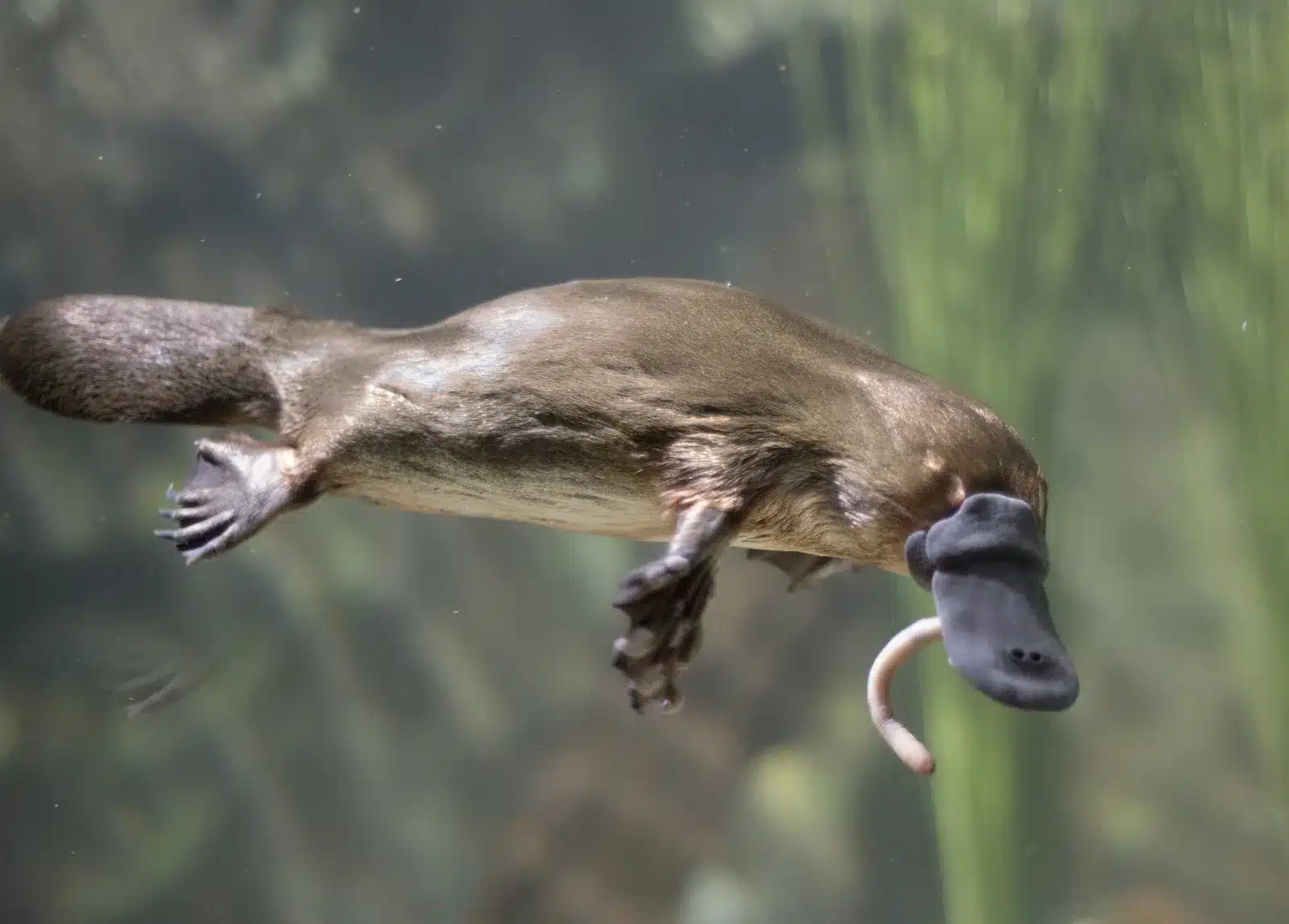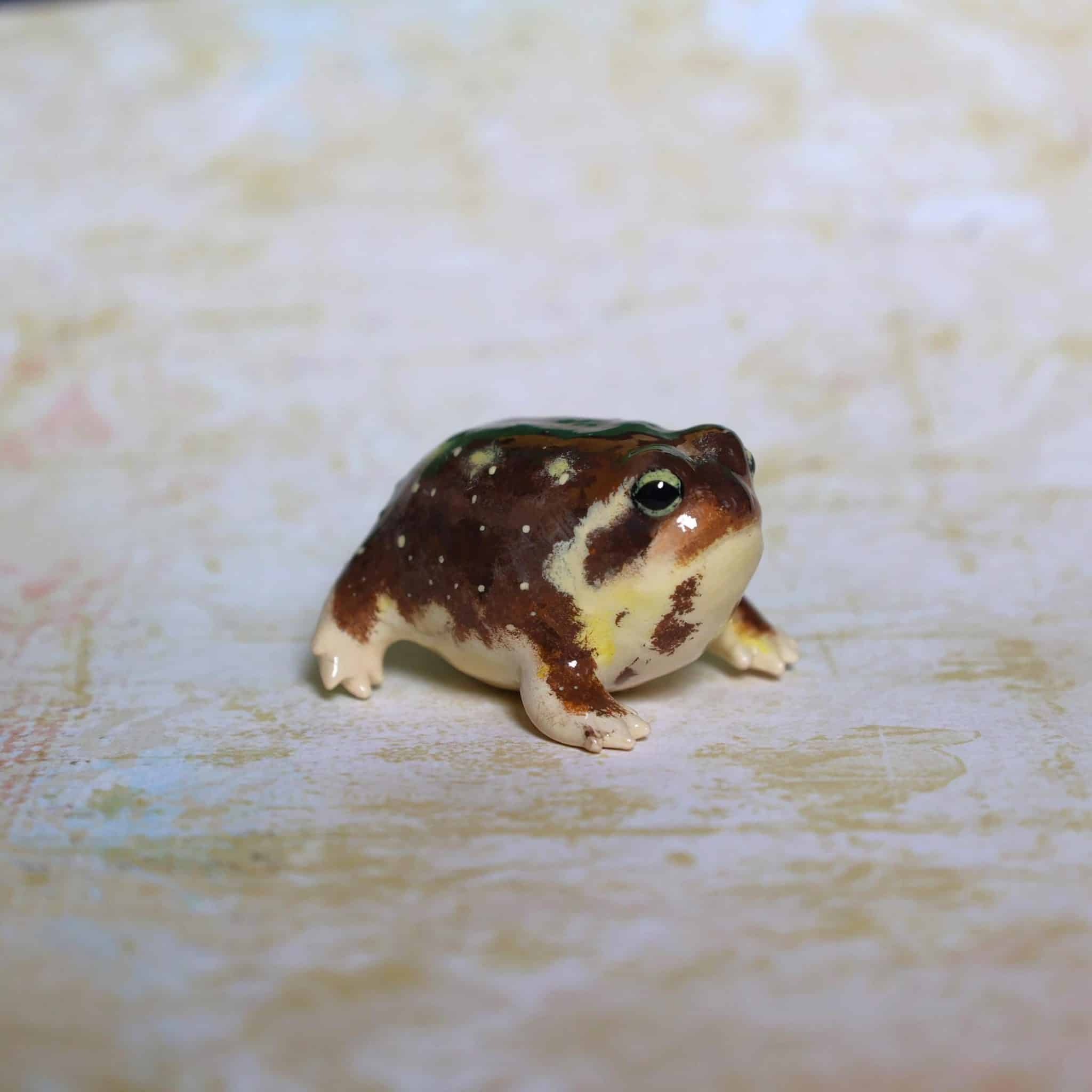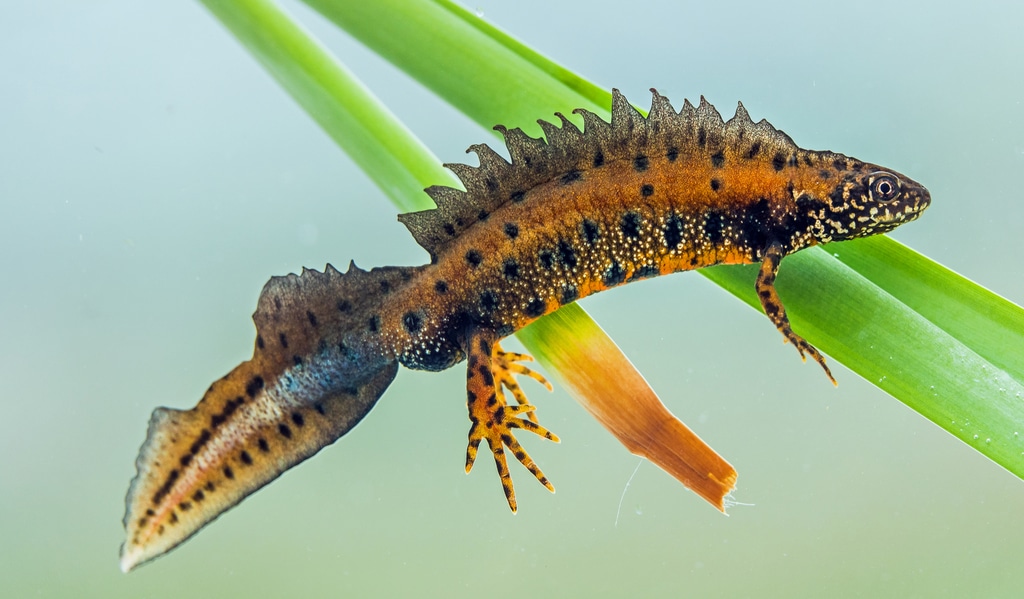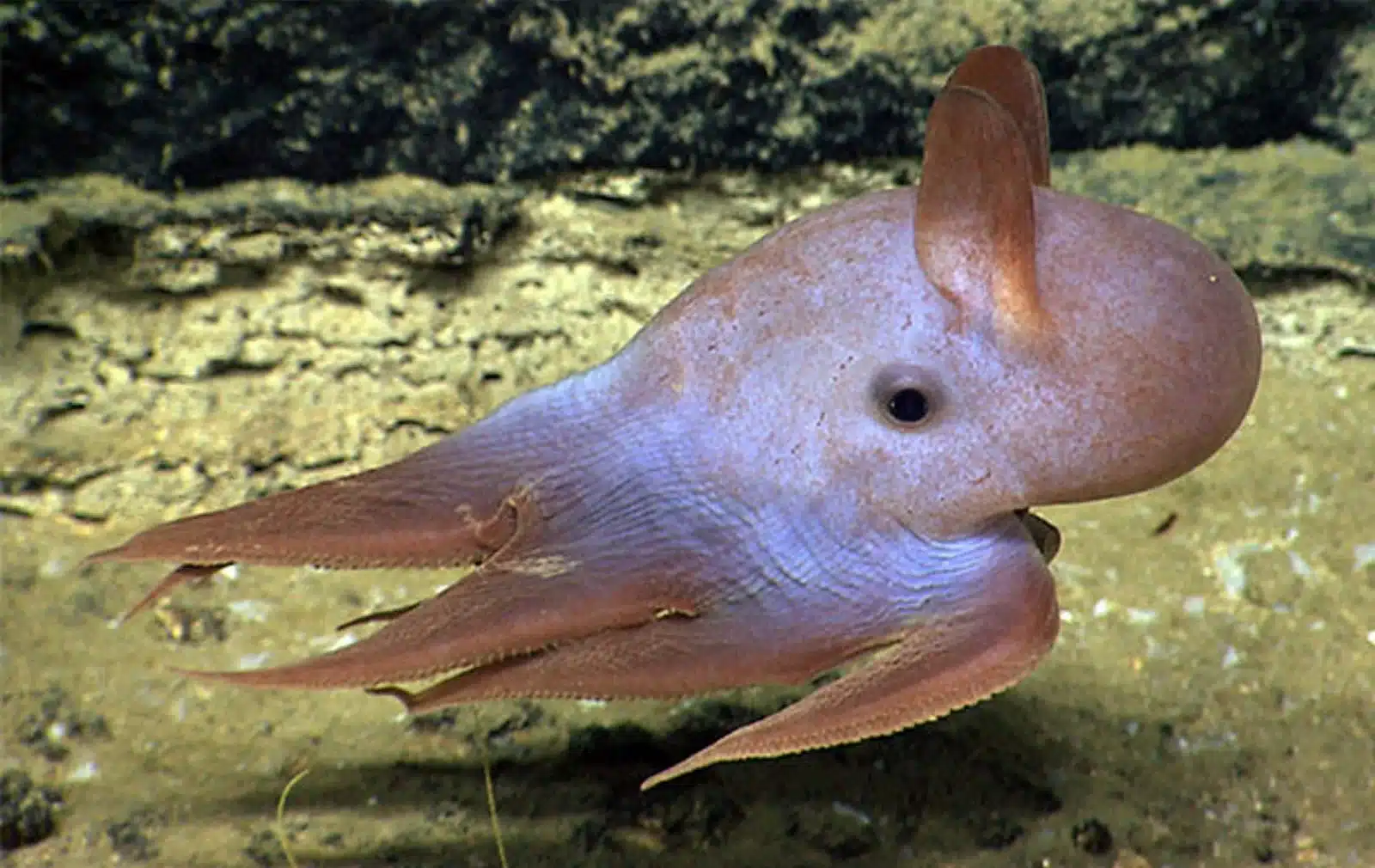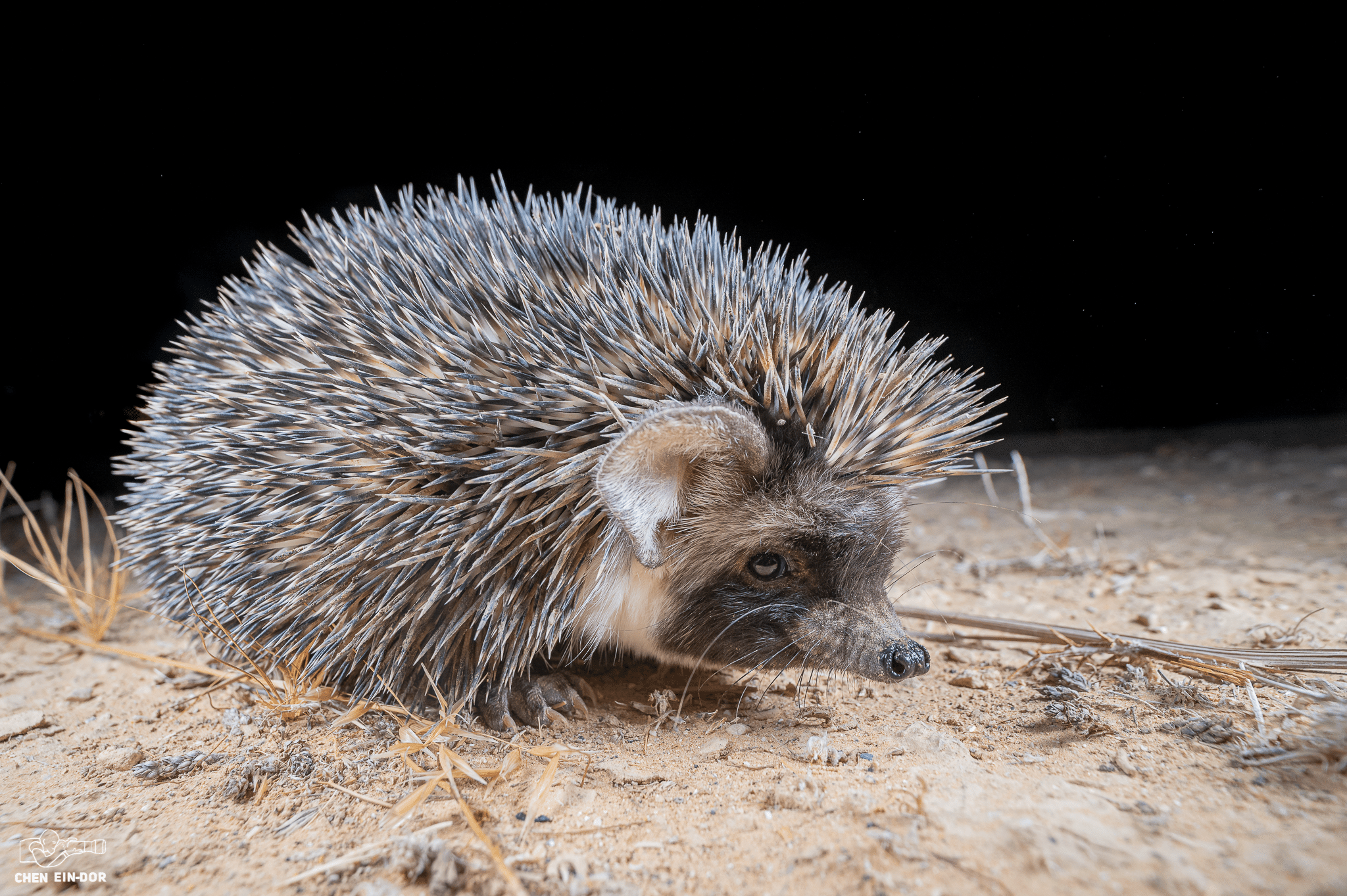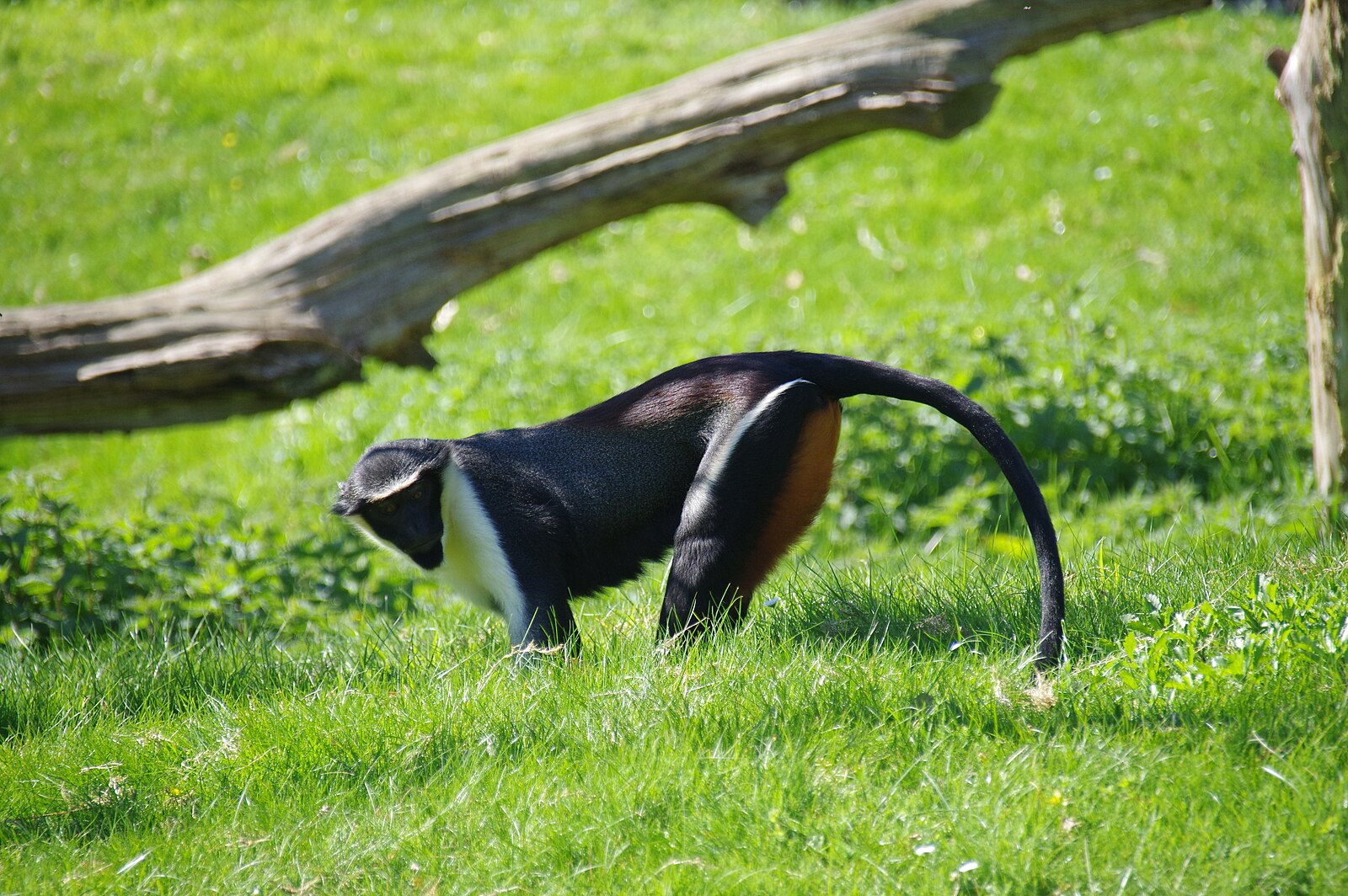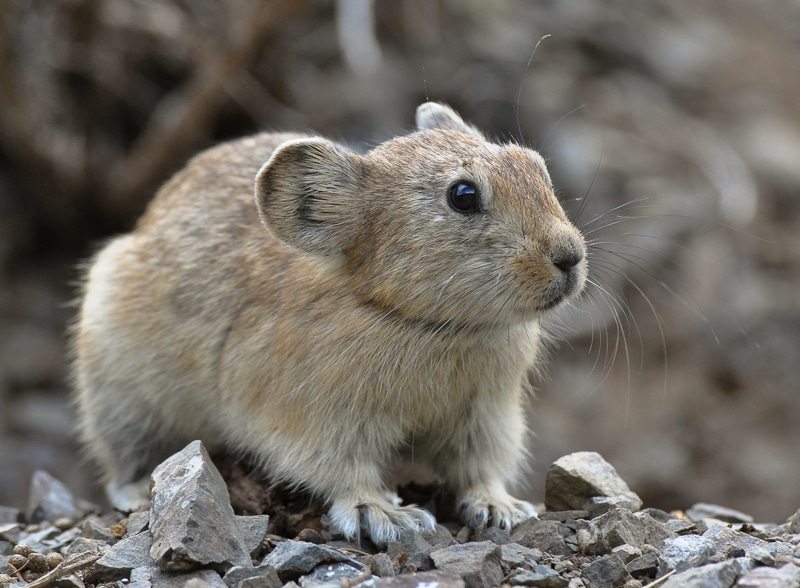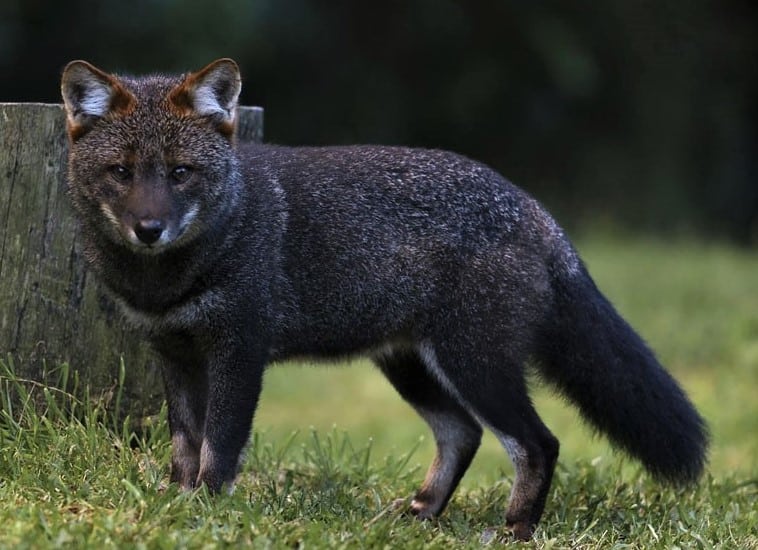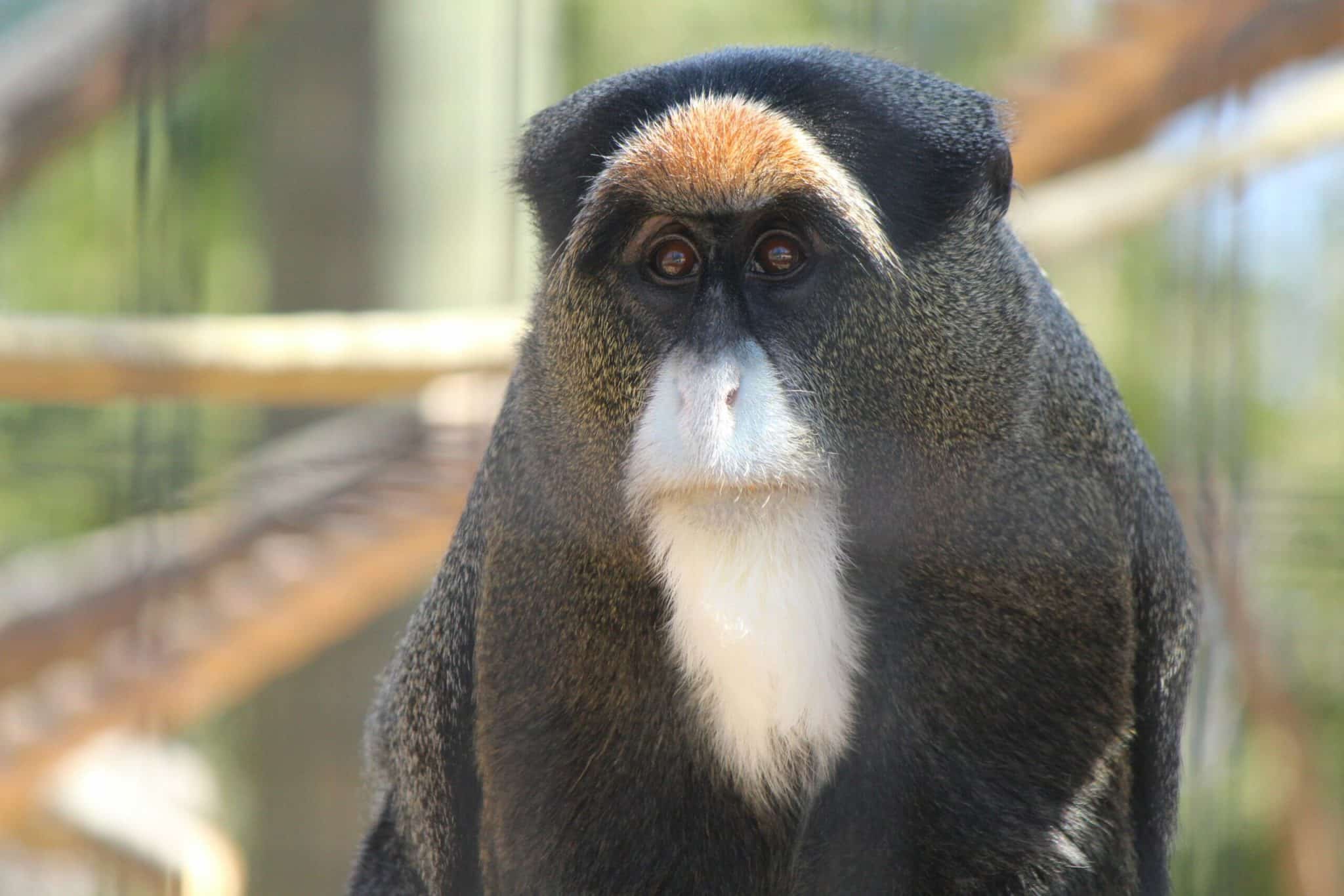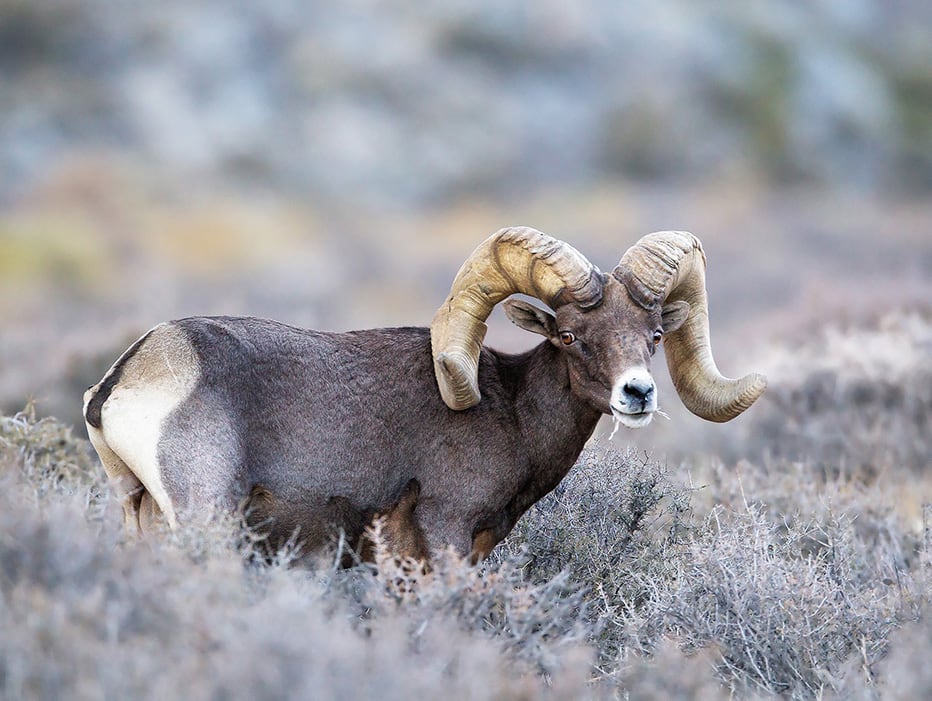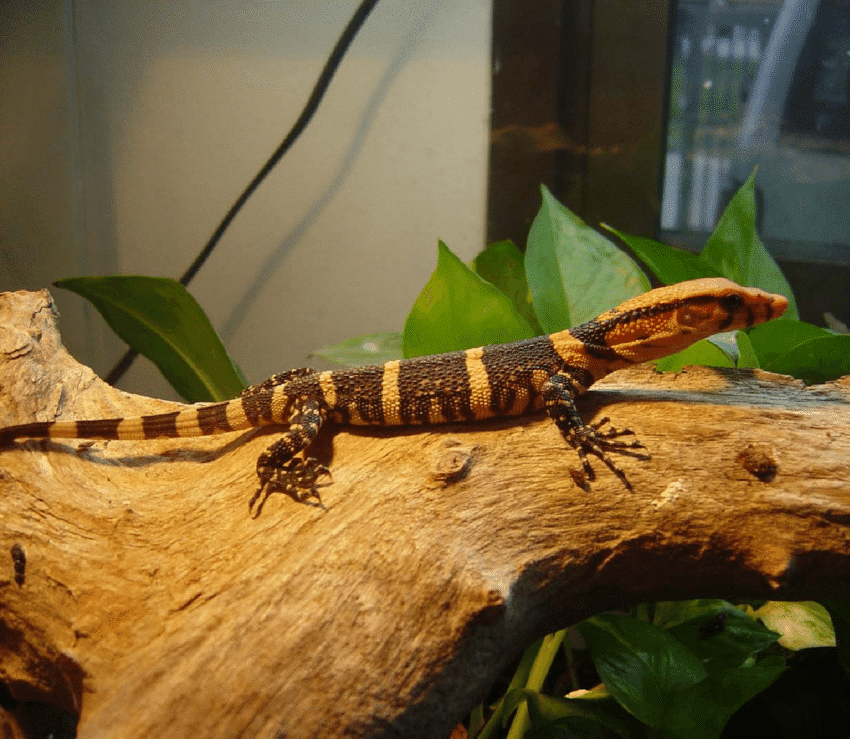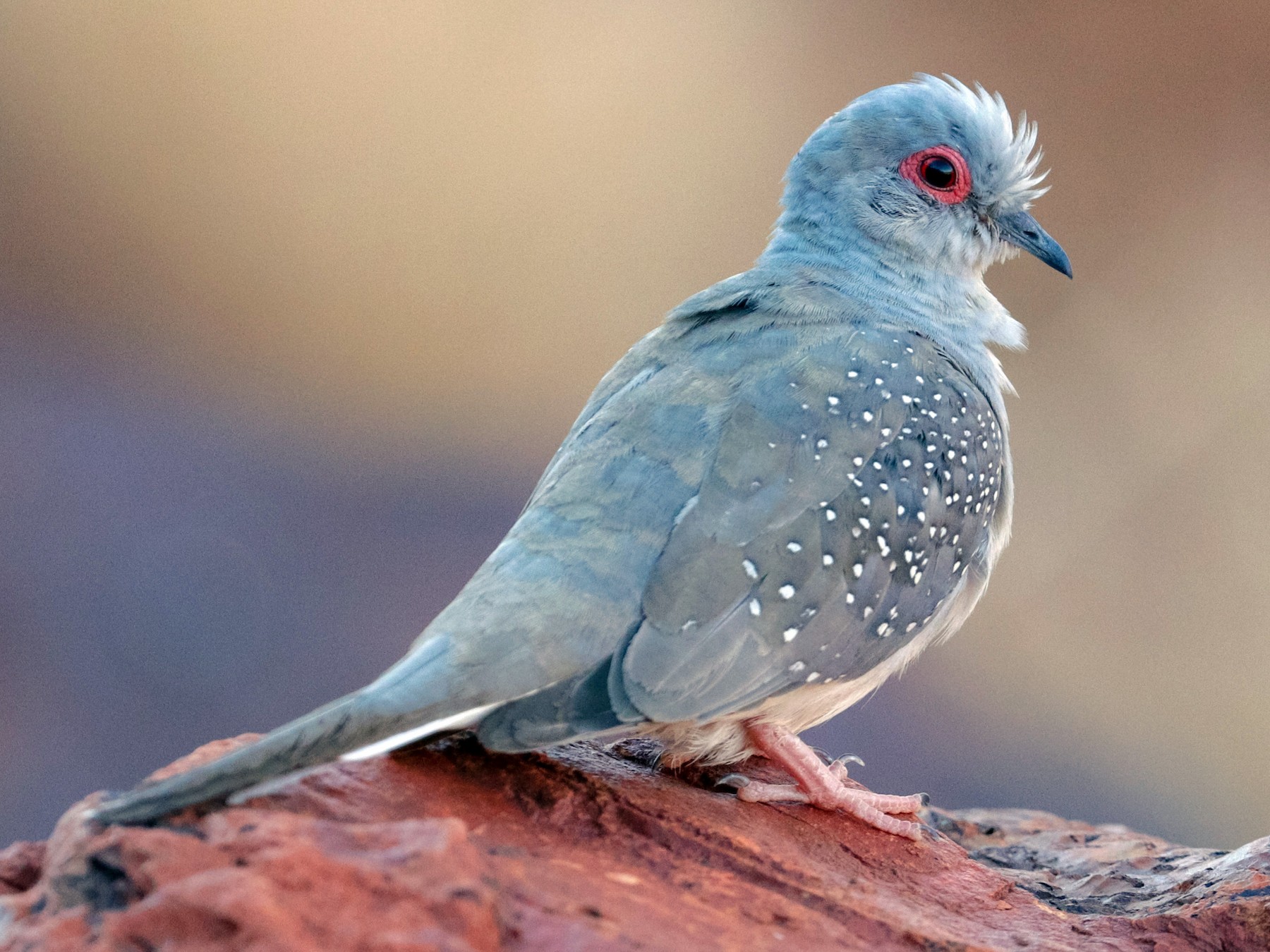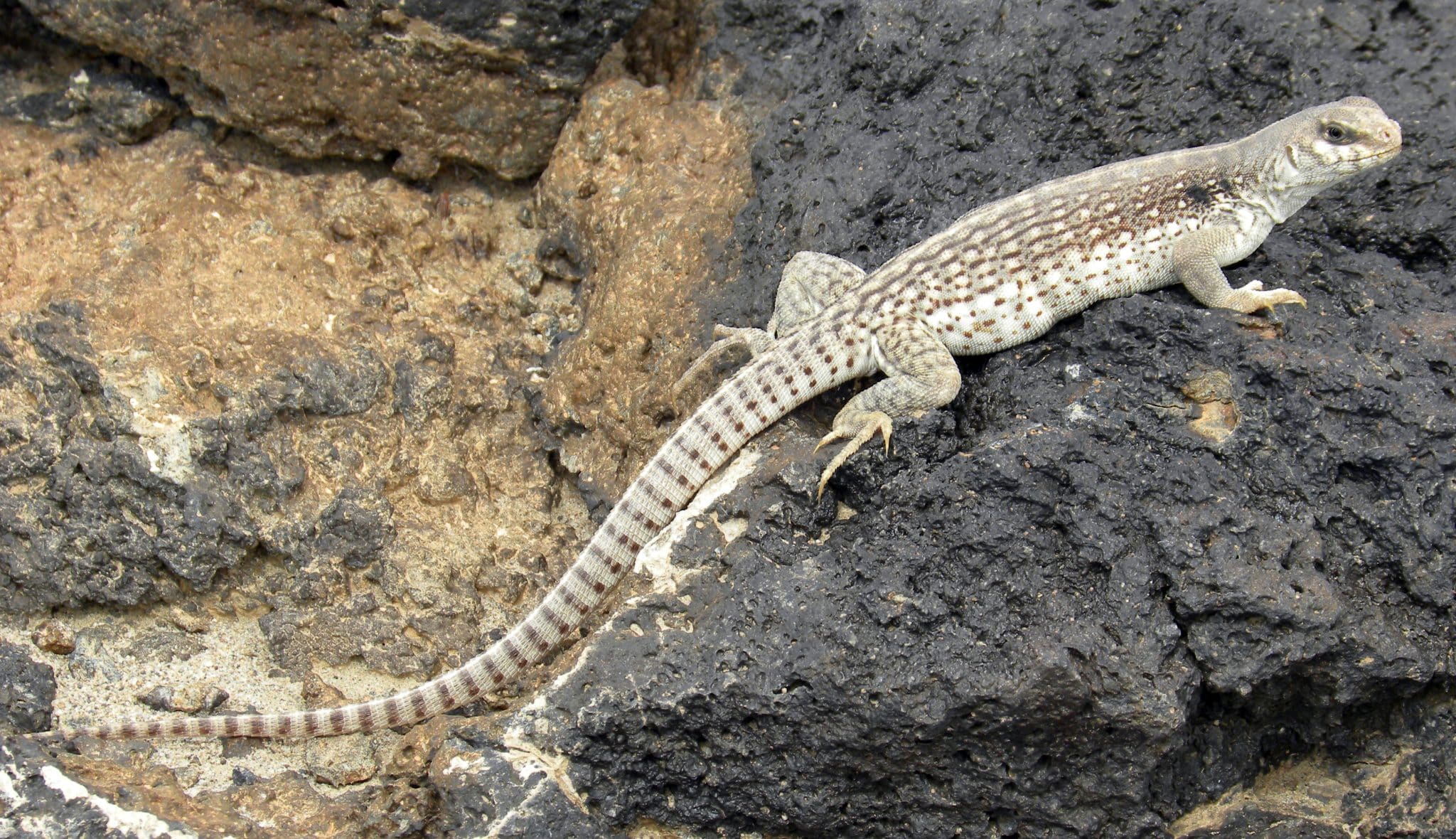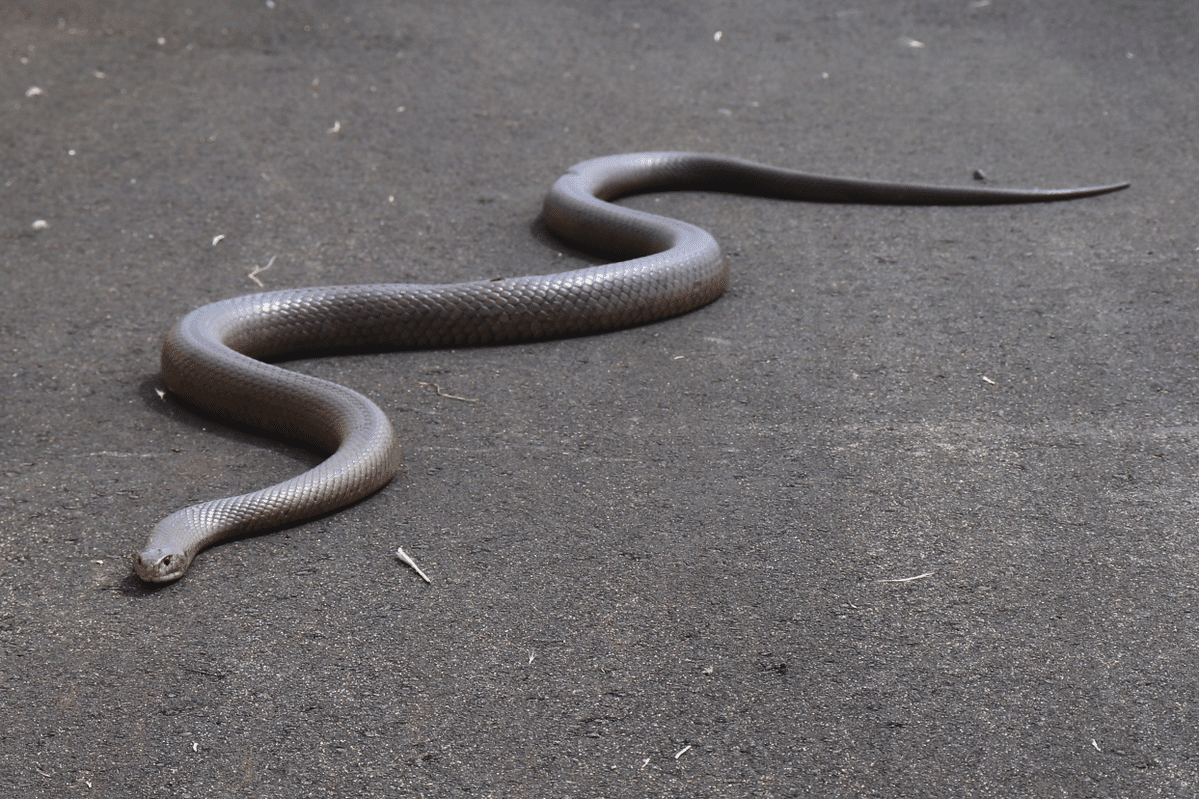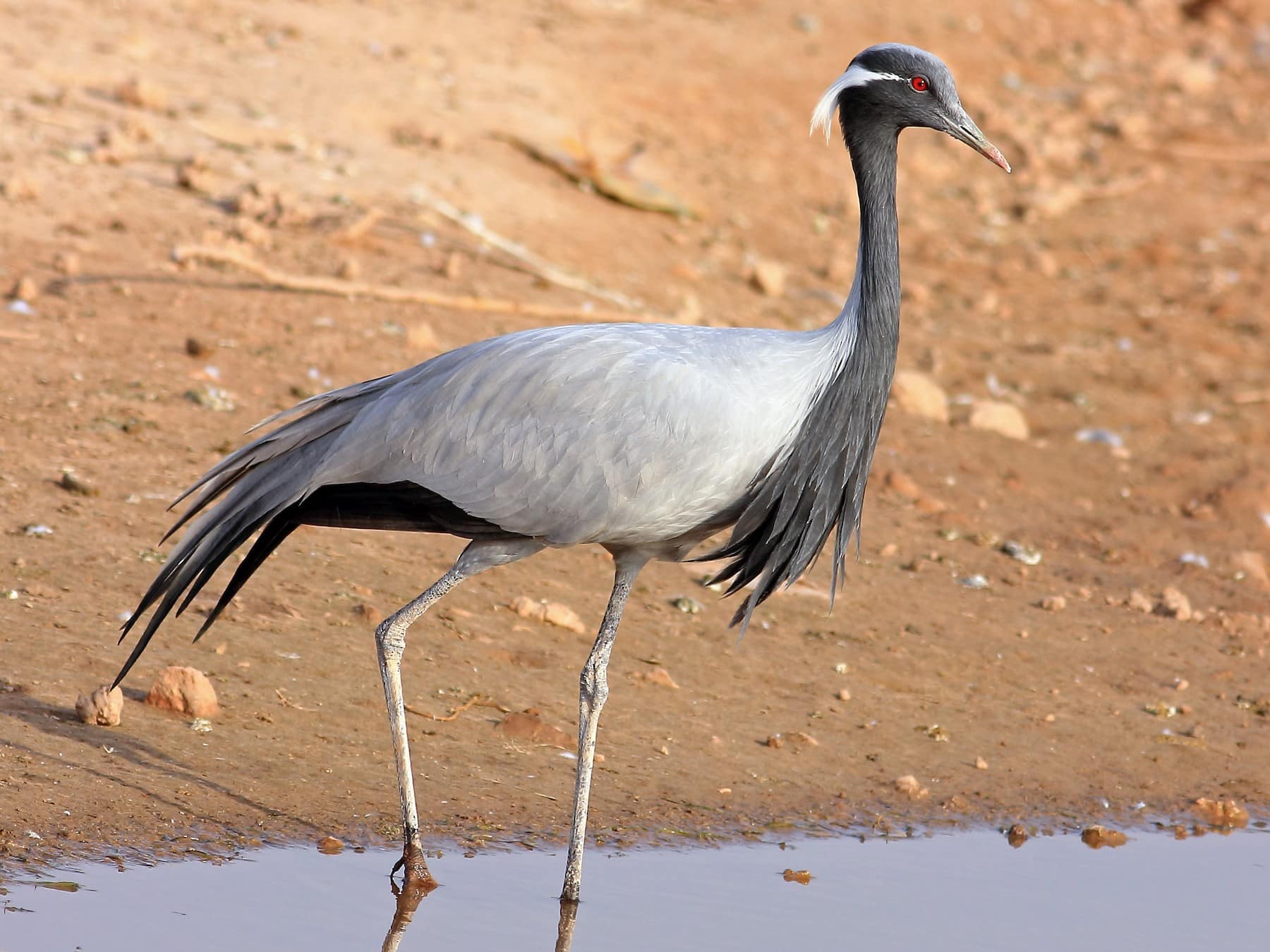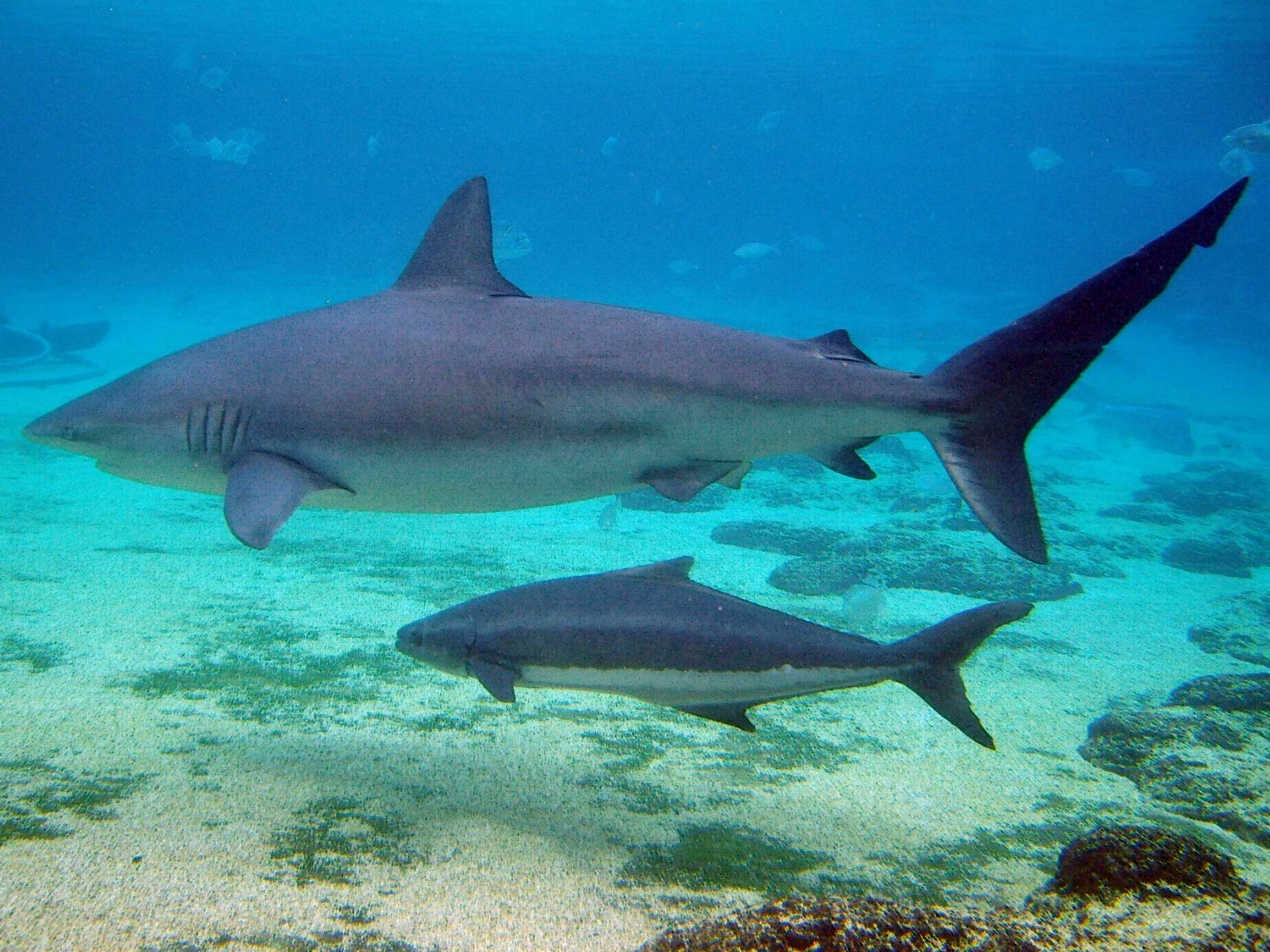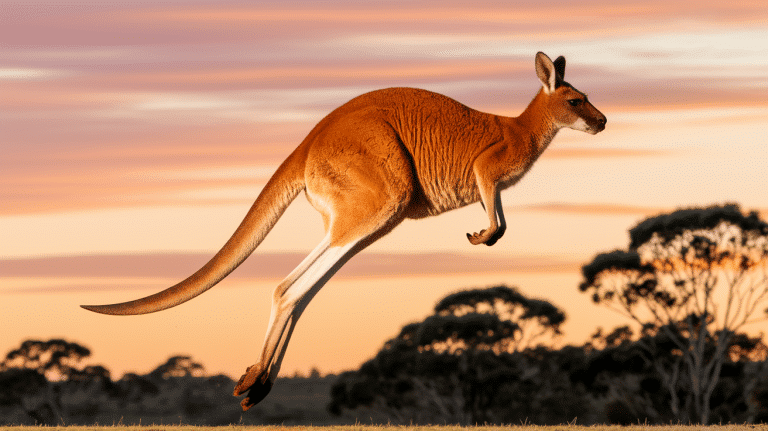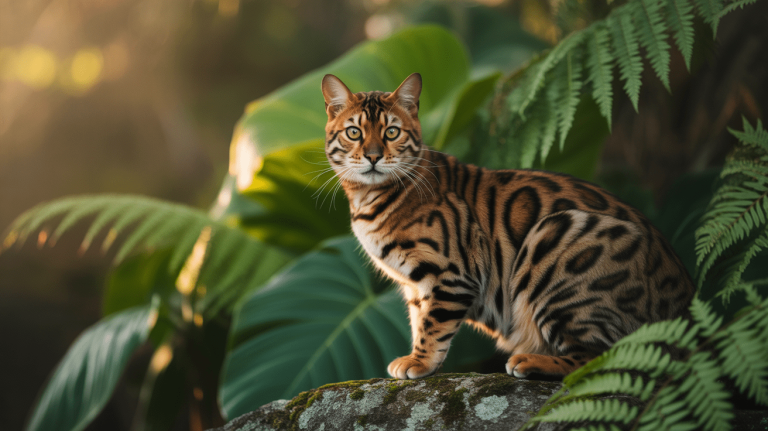The animal kingdom is blessed with the vast and intriguing creatures that bless our wildlife.
Within this kingdom exists a variety of fascinating animals that bear definitive characteristics from different adaptations.
This article will take you through the enigmatic world of animals, beginning with D.
The list we have curated consists of animals from the ocean’s depths to the arid landscape of deserts that exhibit a wide range of behaviors each possesses.
Most of the names mentioned above are well aware, while a few remain obscure.
However, each of their stories denotes the rich life of our planet.
So, without further joining us on this rich journey, we discover the stories and a few features of these remarkable creatures.
List of Animals Beginning with D
1. Dingo
- Place of Origin: Australia
- Regions of Habitat: Australia, Southeast Asia
- Scientific Name: Canis lupus dingo
Dingoes are wild canines found primarily in Australia but also in Southeast Asia. They have a lean, powerful build, a sandy to reddish-brown coat, and a distinctive howl. They play a pivotal role in the Australian ecosystem.
Interesting Fact: Unlike domestic dogs, dingoes can rotate their wrists and use their paws-like hands to catch prey.
2. Dolphin
- Place of Origin: Worldwide
- Regions of Habitat: Oceans worldwide
- Scientific Name: Delphinidae family
Dolphins are highly intelligent marine mammals known for their playful behavior. They have streamlined bodies and two limbs modified into flippers. Dolphins communicate with various clicks, whistle-like sounds, and other vocalizations.
Interesting Fact: Dolphins are known to display culture, something thought to be unique to humans, as they pass down behaviors from generation to generation.
3. Deer
- Place of Origin: Worldwide
- Regions of Habitat: Various, including forests and grasslands
- Scientific Name: Cervidae family
Deer are hoofed mammals known for their elegant body structure, graceful movement, and antlers, which are grown by males and shed yearly. They vary greatly in size depending on the species.
Interesting Fact: The antlers of a deer grow more branches as the deer ages, and their patterns can be used to identify individual deer.
4. Duck
- Place of Origin: Worldwide
- Regions of Habitat: Freshwater and coastal waters
- Scientific Name: Anas platyrhynchos (Mallard, a common type)
Ducks are waterfowl known for their waddling gait, quacking sound, and ability to float on water. They have a broad body, webbed feet, and a flat beak. Ducks are found in both fresh and saltwater.
Interesting Fact: Ducks have highly waterproof feathers due to an oily coating spread during preening.
5. Dugong
- Place of Origin: Indian and Pacific Oceans
- Regions of Habitat: Warm coastal waters
- Scientific Name: Dugong dugon
Dugongs are large marine mammals resembling manatees known for their docile nature. They have a streamlined body, flippers, and a unique tail fluke. Dugongs are herbivores, feeding mainly on seagrass.
Interesting Fact: Dugongs can live up to 70 years and are closely related to elephants, though they live in the water.
6. Dromedary Camel
- Place of Origin: Middle East, North Africa
- Regions of Habitat: Deserts
- Scientific Name: Camelus dromedarius
The dromedary camel is a large mammal known for its single large hump, which stores fat. They are well adapted to desert life, with thick eyelashes and nostrils that can close to keep out sand.
Interesting Fact: Dromedary camels can drink up to 40 gallons of water in one go and survive weeks without water.
7. Desert Tortoise
- Place of Origin: Southwestern United States, Mexico
- Regions of Habitat: Desert areas
- Scientific Name: Gopherus agassizii
The desert tortoise is known for its hard shell and ability to survive in harsh desert climates. They are relatively small, and their diet primarily consists of wildflowers and cacti.
Interesting Fact: Desert tortoises can live up to 80 years and spend most of their lives in underground burrows to escape the extreme desert heat.
8. Damselfly
- Place of Origin: Worldwide
- Regions of Habitat: Near freshwater sources
- Scientific Name: Suborder Zygoptera
Damselflies are insects closely related to dragonflies. They are known for their slender bodies, two pairs of wings, and vibrant colors. Damselflies are commonly found near water because their larvae, known as nymphs, are aquatic.
Interesting Fact: Damselflies can fly in all directions, hover, and even backward, much like helicopters.
9. Dove
- Place of Origin: Worldwide
- Regions of Habitat: Various, including urban and rural areas
- Scientific Name: Family Columbidae
Doves are birds known for their cooing calls and symbolize peace in various cultures. They have a round body, small head, and a variety of colorations, from pure white to grey and brown.
Interesting Fact: Doves are monogamous birds and often form strong bonds with their partners, staying together for life.
10. Dwarf Crocodile
- Place of Origin: Africa
- Regions of Habitat: Central and West Africa
- Scientific Name: Osteolaemus tetraspis
The dwarf crocodile is the smallest species known for its armored skin and powerful jaws. They have a broad snout and are typically nocturnal, preferring small bodies of water like swamps and marshes.
Interesting Fact: Despite their small size, dwarf crocodiles are effective predators and can live up to 75 years in the wild.
11. Dik-Dik
- Place of Origin: Eastern and Southern Africa
- Regions of Habitat: Savannahs and shrublands
- Scientific Name: Genus Madoqua
Dik-diks are small antelopes with distinctive snout, elongated legs, and a shy demeanor. They are among the smallest of the antelope species and are known for their monogamous habits.
Interesting Fact: When threatened, dik-diks run in a zigzag pattern and can reach up to 42 km/h (26 mph) speeds.
12. Discus Fish
- Place of Origin: Amazon River Basin
- Regions of Habitat: Freshwater rivers and lakes
- Scientific Name: Genus Symphysodon
Discus fish are known for their bright colors and disc-shaped bodies. They are popular in the aquarium trade and require specific water conditions to thrive. They feed on small insects and crustaceans.
Interesting Fact: Discus fish are attentive parents; they produce a unique mucus on their bodies for their young to feed.
13. Dhole
- Place of Origin: Central and Southeast Asia
- Regions of Habitat: Forests and grasslands
- Scientific Name: Cuon alpinus
Dholes are wild canids similar in size to medium-sized domestic dogs. They have a reddish coat and are known for their communal and cooperative hunting strategies.
Interesting Fact: Dholes communicate with an unusual whistle-like call that can be heard over long distances in their dense forest habitats.
14. Desert Rat
- Place of Origin: Deserts worldwide
- Regions of Habitat: Desert regions
- Scientific Name: Various species
Desert rats are small, nimble rodents adapted to arid environments. They have a varied diet and are capable of conserving water efficiently. Their fur color often matches the desert surroundings.
Interesting Fact: Some desert rats never drink water; they obtain all the necessary moisture from their food.
15. Dusky Dolphin
- Place of Origin: Southern Hemisphere
- Regions of Habitat: Coastal waters
- Scientific Name: Lagenorhynchus obscurus
The dusky dolphin is known for its remarkable acrobatics and social behavior. They have a distinct color pattern with a dark back and a lighter belly and are relatively small compared to other dolphin species.
Interesting Fact: Dusky dolphins often perform multiple leaps and flips in the air, possibly as a form of communication or just for play.
16. Draco Lizard
- Place of Origin: Southeast Asia
- Regions of Habitat: Tropical forests
- Scientific Name: Genus Draco
Draco lizards, also known as flying dragons, have a unique set of elongated ribs that allow them to glide from tree to tree. They have a wing-like structure that they can extend and retract.
Interesting Fact: While they cannot achieve powered flight, Draco lizards can glide for distances of up to 60 meters (200 feet).
17. Desert Monitor
- Place of Origin: North Africa, Middle East
- Regions of Habitat: Desert and semi-desert regions
- Scientific Name: Varanus griseus
The desert monitor is a large lizard known for its strong limbs, sharp claws, and powerful tail. They adapt well to the harsh desert environment and feed on various animals.
Interesting Fact: Desert monitors are one of the few reptiles that can increase their body temperature above the ambient temperature through muscular activity.
18. Dartfish
- Place of Origin: Indo-Pacific region.
- Regions of Habitat: Coral reefs and shallow lagoons.
- Scientific Name: Family Ptereleotridae.
Dartfish are small, slender fish known for their vivid colors and long dorsal fins. They are usually seen hovering just above the seabed.
Interesting Fact: When startled, dartfish are known to dive headfirst into the sand or reef crevices to hide, a behavior that gives them their name.
19. Dodo
- Place of Origin: Mauritius.
- Regions of Habitat: Forests of Mauritius (extinct).
- Scientific Name: Raphus cucullatus.
The dodo was a flightless bird with a large, hooked beak, stubby wings, and a plump body. It stood about 1 meter tall.
Interesting Fact: The dodo became extinct in the late 17th century. It is often used as an archetype of an extinct species because its extinction occurred during recorded human history and was directly attributable to human activity.
20. Dormouse
- Place of Origin: Europe and Africa.
- Regions of Habitat: Woodlands, hedgerows, and gardens.
- Scientific Name: Family Gliridae.
Dormice are small rodents with furry tails, large eyes, and a generally round body. They are known for their long periods of hibernation.
Interesting Fact: “Dormouse” comes from the French word ‘dormir’ meaning to sleep. These creatures can hibernate for as long as six months a year, depending on the climate.
21. Duckbill Platypus
- Place of Origin: Eastern Australia and Tasmania.
- Regions of Habitat: Freshwater rivers and lakes.
- Scientific Name: Ornithorhynchus anatinus.
The platypus is a unique mammal known for its duck-like bill, webbed feet, and beaver-like tail. It is one of the few mammals that lay eggs.
Interesting Fact: Platypuses are venomous; males have a spur on their hind foot that can deliver a painful venom.
22. Duiker
- Place of Origin: Sub-Saharan Africa
- Regions of Habitat: Dense forest regions
- Scientific Name: Cephalophus
Duikers are small antelopes with short horns, a stout body, and a shy nature. They are forest dwellers and are rarely seen in open areas.
Interesting Fact: Their name, “duiker,” comes from the Dutch word for “diver,” referring to their habit of diving into thickets when threatened.
23. Desert Rain Frog
- Place of Origin: Coastal desert of Southwestern Africa
- Regions of Habitat: Namib Desert
- Scientific Name: Breviceps macrops
This small, round frog has a transparent underbelly and a distinctive squeaky call. Its moist skin contrasts with its arid habitat.
Interesting Fact: Despite living in one of the driest places on Earth, the desert rain frog gets its moisture from the fog that rolls in from the sea.
24. Danube Crested Newt
- Place of Origin: Eastern Europe
- Regions of Habitat: Rivers and streams in Eastern Europe
- Scientific Name: Triturus dobrogicus
This NEWT species is characterized by its strikingly marked skin and crest along its back, which is more prominent in males during mating season.
Interesting Fact: They spend most of their life in water, only coming to land during severe droughts or to hibernate.
25. Dumbo Octopus
- Place of Origin: Worldwide, in deep oceans
- Regions of Habitat: Deep-sea habitats, typically below 3,000 meters
- Scientific Name: Genus Grimpoteuthis
Named for its ear-like fins resembling the Disney character Dumbo, this octopus has a distinct appearance and is one of the deepest living octopuses known.
Interesting Fact: The Dumbo octopus doesn’t have an ink sac like other octopuses, as it rarely encounters predators in the deep sea.
26. Dunnart
- Place of Origin: Australia
- Regions of Habitat: Across Australia, particularly in arid and semi-arid regions
- Scientific Name: Sminthopsis
Dunnarts are small marsupials resembling mice with long tails and pointed snouts. They are nocturnal insectivores.
Interesting Fact: Unlike many marsupials, dunnarts have a very short pouch life; their young continue development clinging to the mother’s teats.
27. Desert Fox
- Place of Origin: Various deserts worldwide
- Regions of Habitat: Desert ecosystems
- Scientific Name: Vulpes zerda (Fennec Fox, a common type)
Desert foxes, particularly the Fennec Fox, are known for their large ears, which help dissipate heat. They have a sandy-colored coat and are adapted to the harsh desert environment.
Interesting Fact: Their large ears help cool down and provide excellent hearing to locate underground prey.
28. Danube Salmon
- Place of Origin: Europe
- Regions of Habitat: Rivers and streams, especially in the Danube River Basin
- Scientific Name: Hucho hucho
Description: Danube Salmon, or Huchen, are large freshwater fish known for their size and strength. They have elongated bodies and are a prized catch for anglers.
Interesting Fact: They are one of the largest salmonid species known to grow over 1 meter in length.
29. Desert Hedgehog
- Place of Origin: Middle East, North Africa
- Regions of Habitat: Desert and semi-desert regions
- Scientific Name: Paraechinus aethiopicus
The Desert Hedgehog is one of the smallest of hedgehogs. It is well adapted to desert life, with a lighter coloration to reflect heat and the ability to survive on limited water.
Interesting Fact: They often build up immunity to certain venoms, allowing them to eat scorpions and other nasty insects.
30. Diana Monkey
Place of Origin: West Africa
Regions of Habitat: Rainforests
Scientific Name: Cercopithecus diana
Description: Diana Monkeys are known for their distinctive facial markings and long, grey fur. They are arboreal and very active during the day.
Interesting Fact: They have a complex system of vocalizations and are known for their loud, clear calls.
31. Daurian Pika
- Place of Origin: Eastern Asia
- Regions of Habitat: Grasslands, mountainous areas
- Scientific Name: Ochotona dauurica
The Daurian Pika is a small mammal resembling a rabbit with shorter ears. It is known for its vocal chirps and burrowing habits.
Interesting Fact: Pikas do not hibernate, so they collect and store food in their burrows for winter.
32. Dusky Langur
Place of Origin: Southeast Asia
Regions of Habitat: Forests and wooded areas
Scientific Name: Trachypithecus obscurus
Dusky Langurs are primates with grey to black fur and white-colored eye rings. They are social animals living in groups.
Interesting Fact: Infants are born with a bright yellow-orange color, which changes to grey as they mature.
33. Diamondback Terrapin
- Place of Origin: United States
- Regions of Habitat: Brackish coastal tidal marshes
- Scientific Name: Malaclemys terrapin
The Diamondback Terrapin has a unique diamond pattern on its shell and skin. They vary in color but usually have a grey or brownish carapace.
Interesting Fact: They are the only turtle species in North America that lives in brackish water (a mix of salt and fresh water).
34. Darwin’s Fox
- Place of Origin: Chile
- Regions of Habitat: Temperate forests of the Chilean coast
- Scientific Name: Lycalopex fulvipes
A small, dark-colored fox known for its elusive nature. It has a compact build and a bushy tail.
Interesting Fact: It was named after Charles Darwin, who first identified the species on his voyage on the HMS Beagle.
35. De Brazza’s Monkey
- Place of Origin: Central Africa
- Regions of Habitat: Wetlands and riverine forests
- Scientific Name: Cercopithecus neglectus
Recognizable by its orange beard and white muzzle, this monkey is a shy, arboreal species.
Interesting Fact: Known for being incredibly stealthy and difficult to spot in the wild.
36. Desert Bighorn Sheep
- Place of Origin: North America
- Regions of Habitat: Desert mountains and canyons
- Scientific Name: Ovis canadensis nelsoni
A subspecies of bighorn sheep with adaptations like smaller bodies and larger horns to suit the desert environment.
Interesting Fact: They can go without water for several days, getting moisture from their food.
37. Dumeril’s Monitor
- Place of Origin: Southeast Asia and Indonesia
- Regions of Habitat: Tropical forests and swamps
- Scientific Name: Varanus dumerilii
A large lizard with a strong tail and powerful limbs, known for its distinctive patterned skin.
Interesting Fact: They are semi-aquatic and skilled swimmers, often hunting for fish and amphibians.
38. Diamond Dove
- Place of Origin: Australia
- Regions of Habitat: Arid and semi-arid areas
- Scientific Name: Geopelia cuneata
A small pigeon with a delicate build and distinctive white spots and lines on its wings.
Interesting Fact: They are one of the smallest pigeon species known for their soft cooing sound.
39. Desert Iguana
- Place of Origin: Southwestern United States and Mexico
- Regions of Habitat: Arid deserts and rocky regions
- Scientific Name: Dipsosaurus dorsalis
A medium-sized lizard with a tan and brown banded coloration adapted to high temperatures.
Interesting Fact: They can survive in temperatures up to 42°C (107°F).
40. Dugite
- Place of Origin: Western Australia
- Regions of Habitat: Grasslands, coastal dunes, and woodlands
- Scientific Name: Pseudonaja affinis
A venomous snake is known for its slender body and variable coloration, ranging from brown to olive green.
Interesting Fact: Dugites are highly adaptable and often found in suburban areas.
41. Demoiselle Crane
- Place of Origin: Central Eurasia
- Regions of Habitat: Steppes and grasslands
- Scientific Name: Anthropoides virgo
Description: A crane species characterized by its small size, long legs, and grey-blue plumage.
Interesting Fact: They are known for their spectacular migratory journey, including crossing the Himalayas.
42. Dusky Shark
- Place of Origin: Worldwide in temperate and tropical waters
- Regions of Habitat: Coastal and offshore areas.
- Scientific Name: Carcharhinus obscurus
A large, slow-growing shark with a streamlined body and a rounded snout.
Conclusion
The world of animals beginning with D provides an insightful glimpse of our biodiversity’s supreme majesty.
It ranges from the beauty of Dugong, which glides through the coastal water, to the widespread world of Desert Fox, which adapts to hot and arid climates.
All the creatures take us through the world of nature’s wonder. The more we explore these remarkable creatures, the more we learn about the magnificent creations of nature around us.
It also gives us a detailed testament to the incredible diversity of this Earth.
Let us know your views about our shared list, and mark the names of animals we could have mentioned above.

